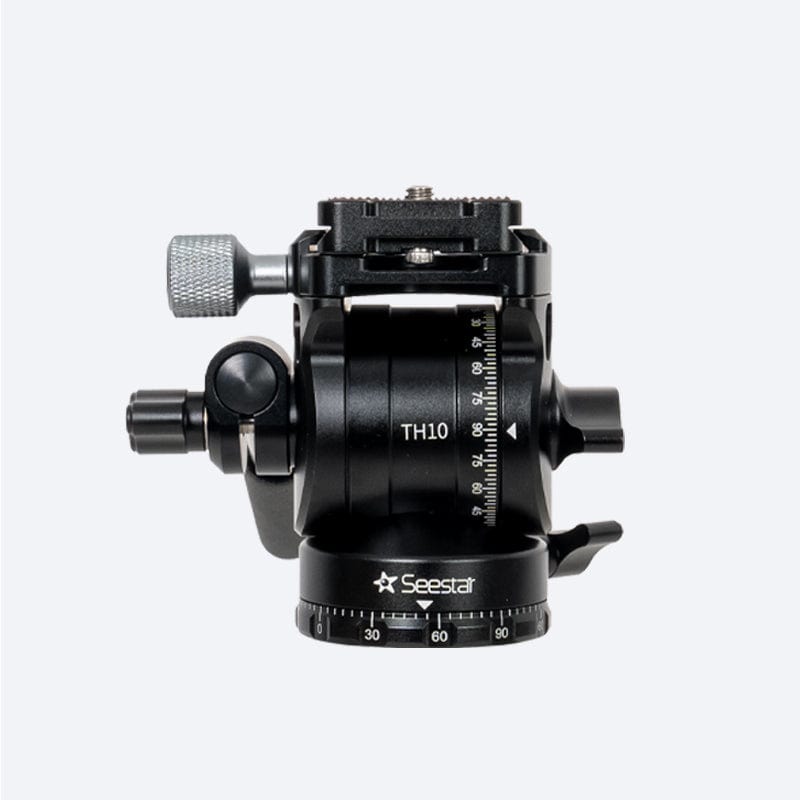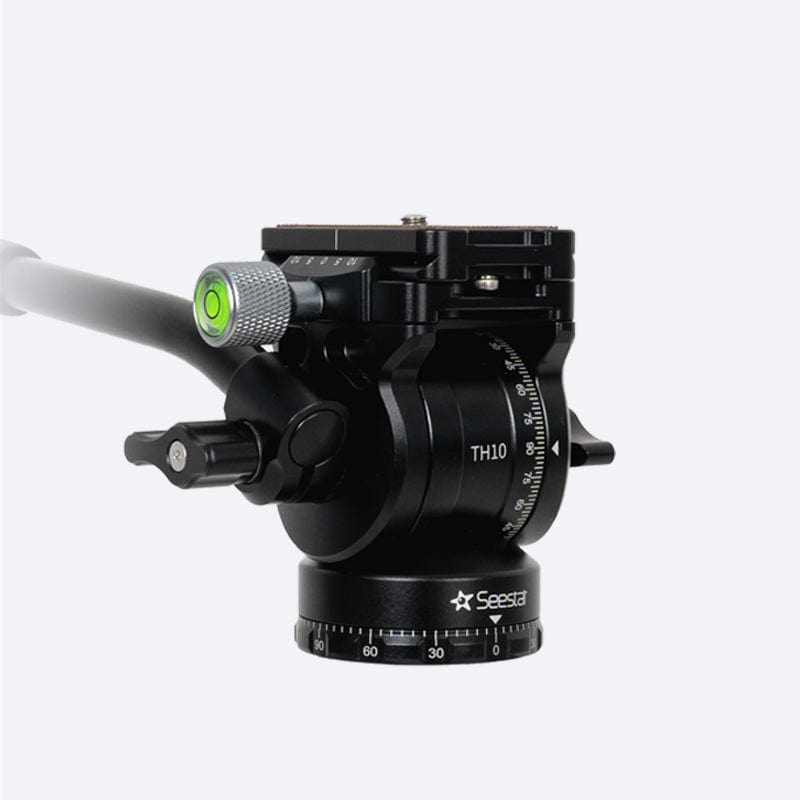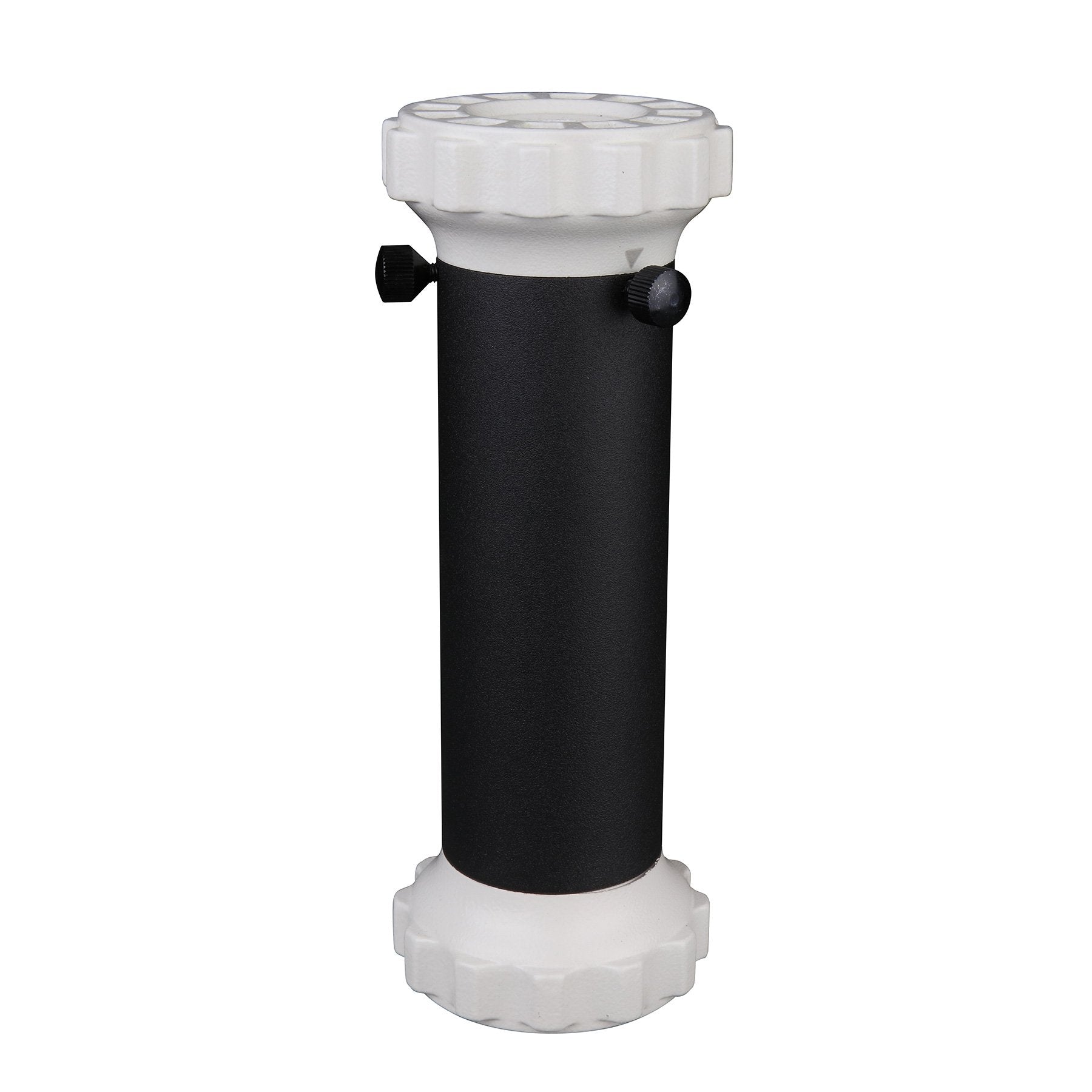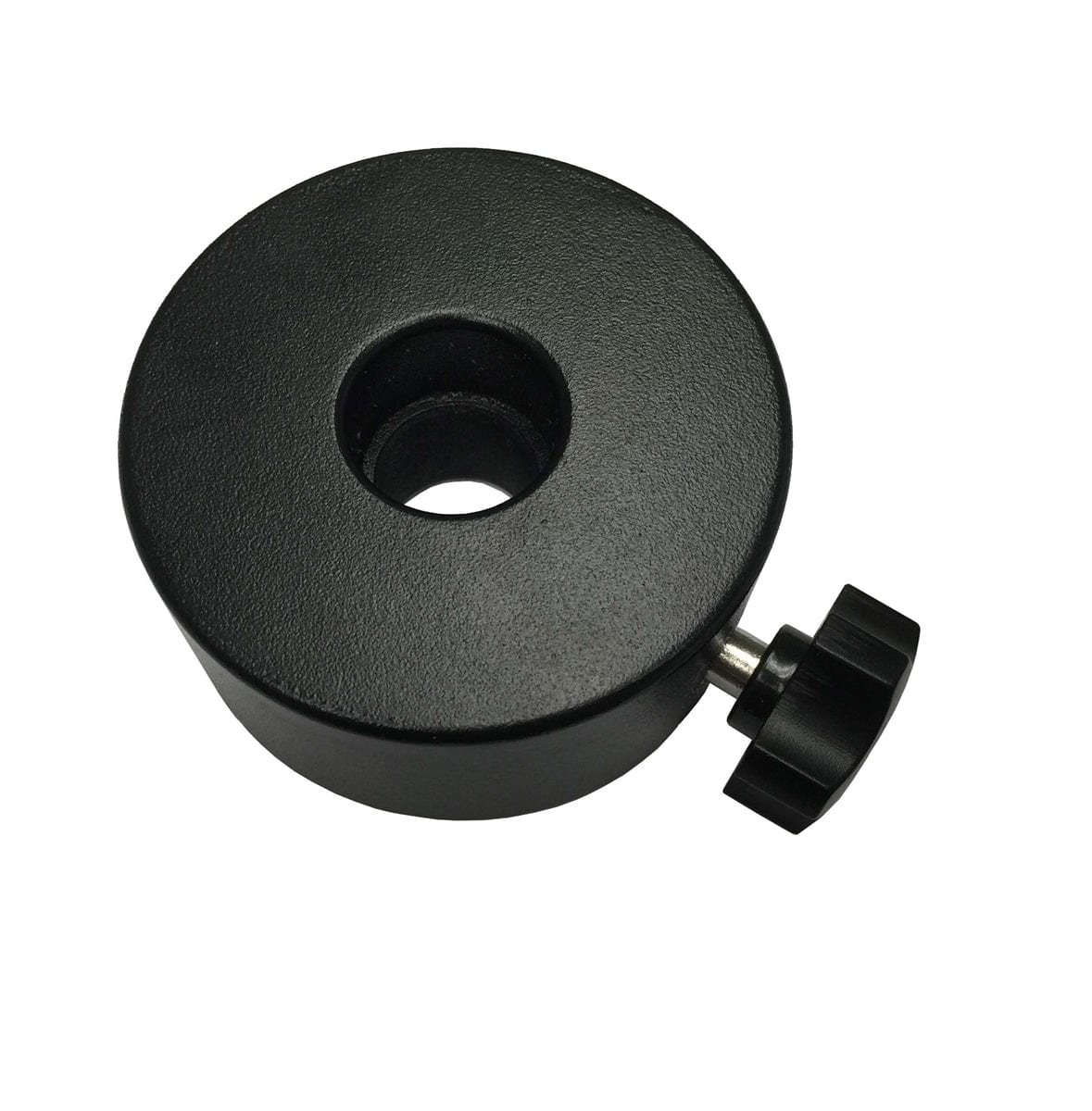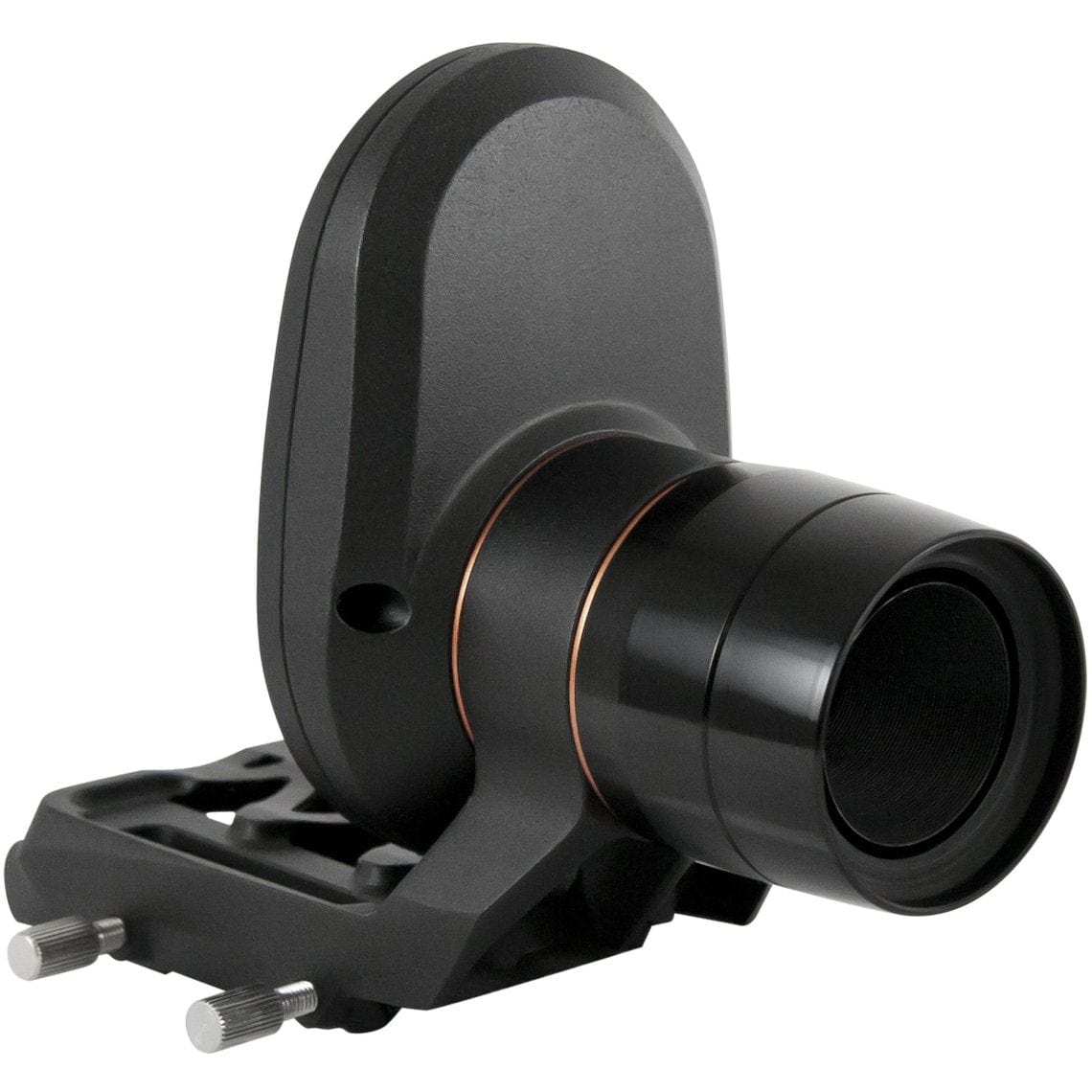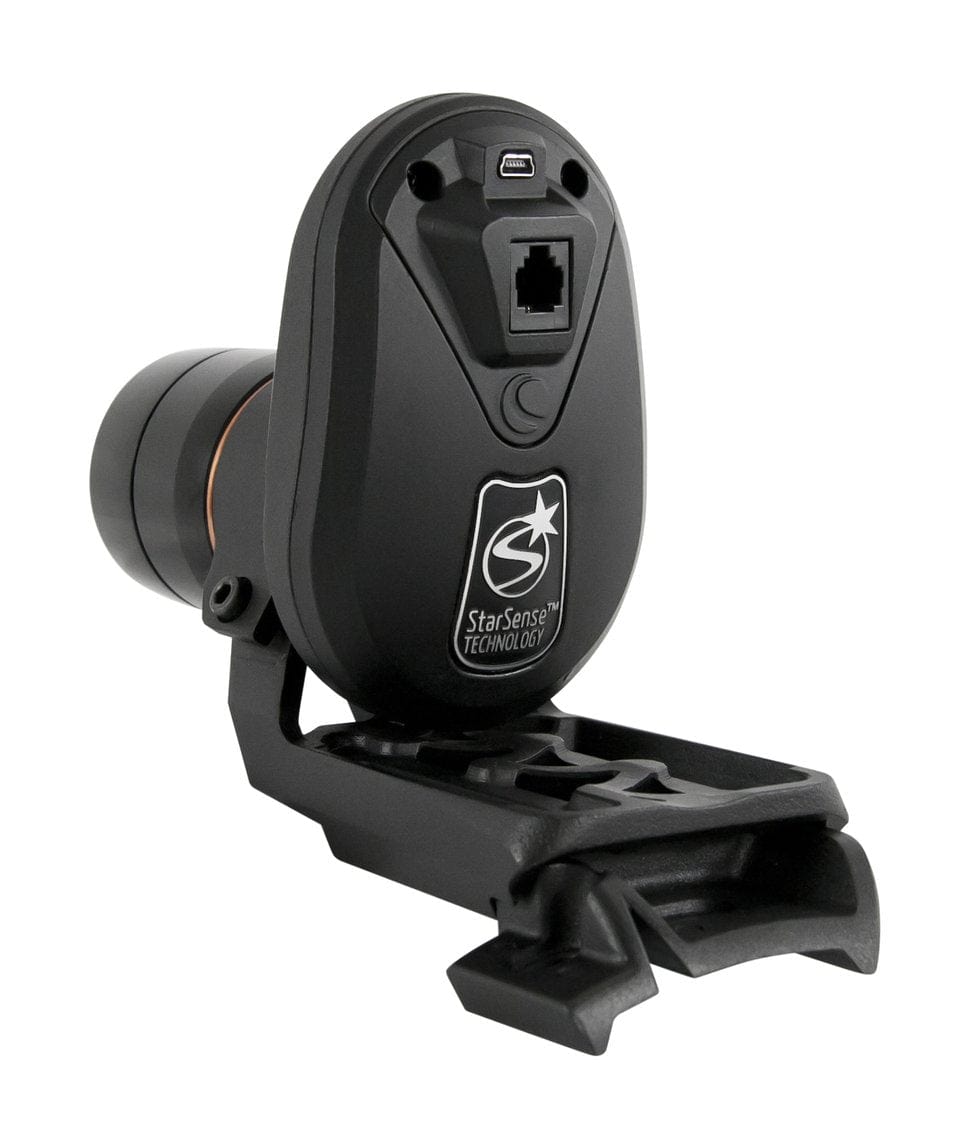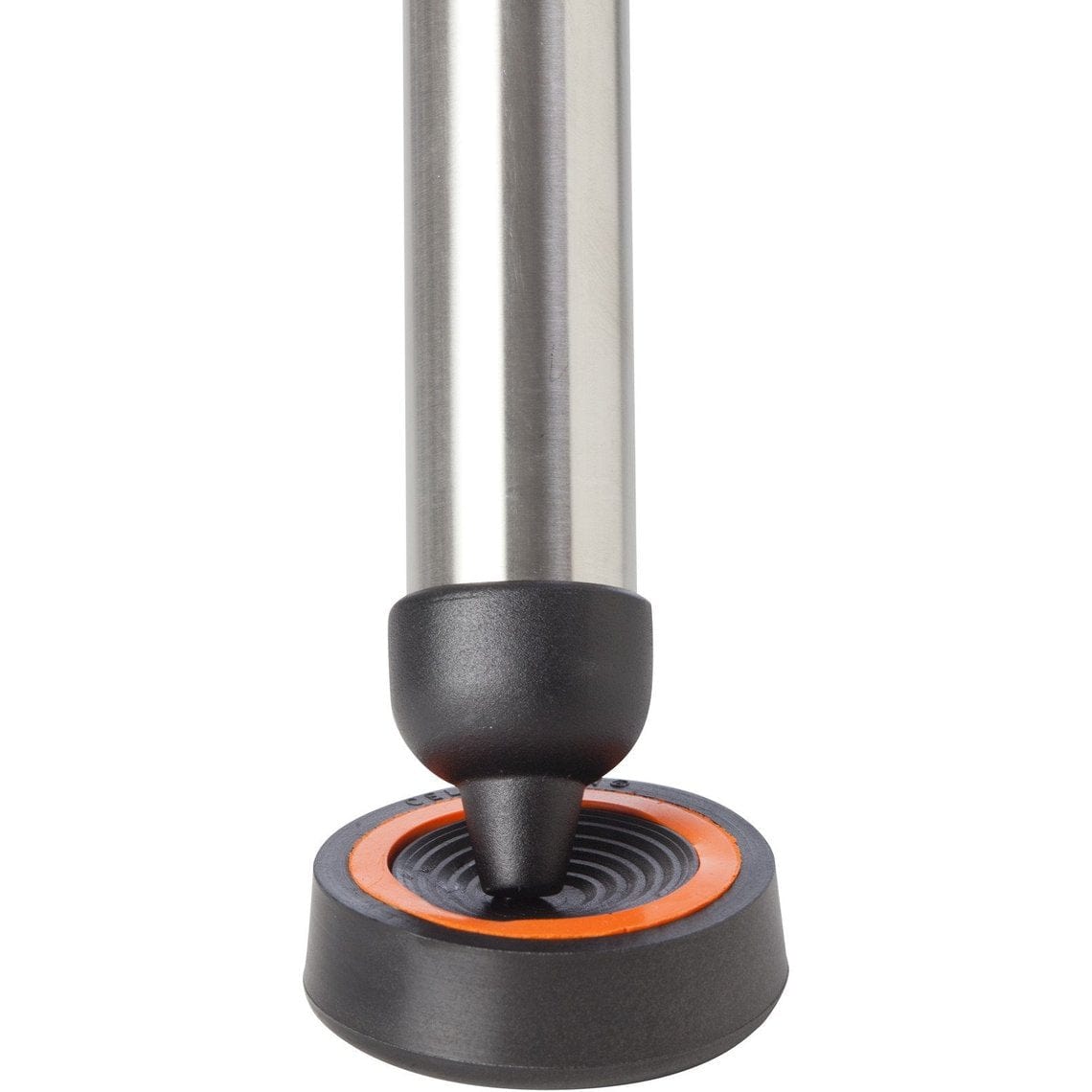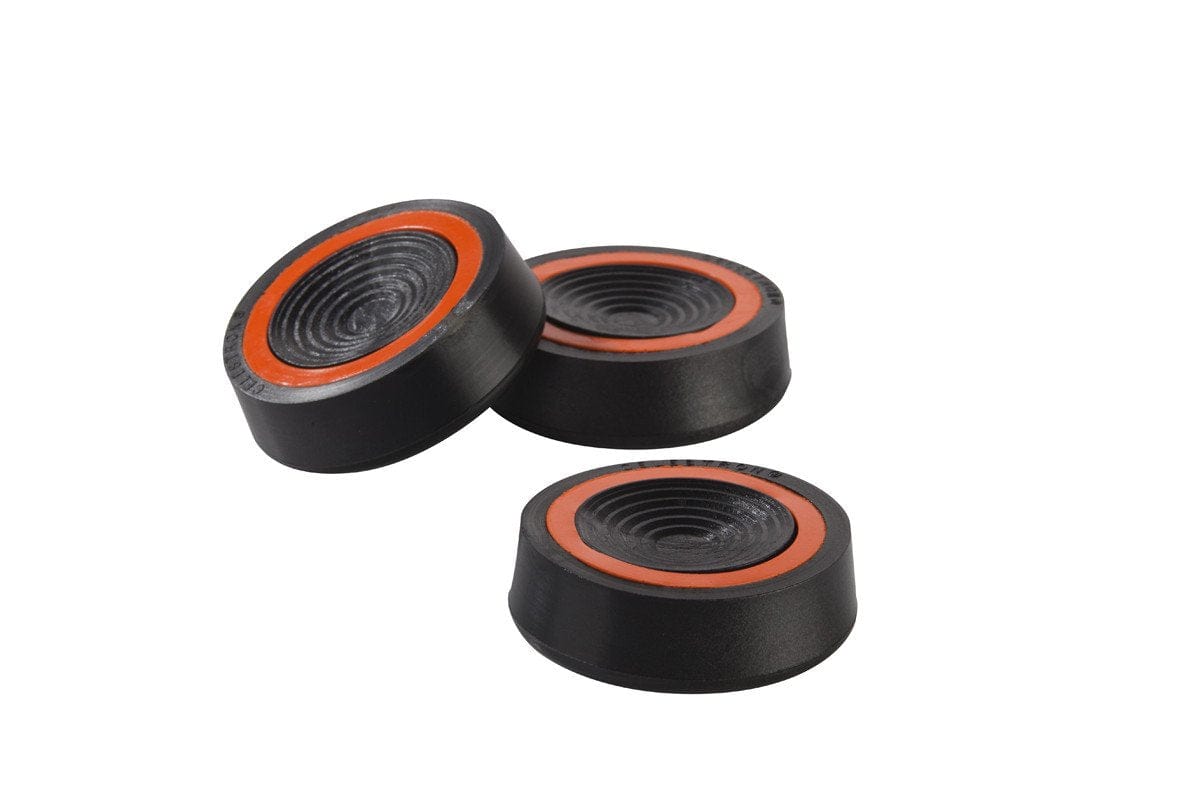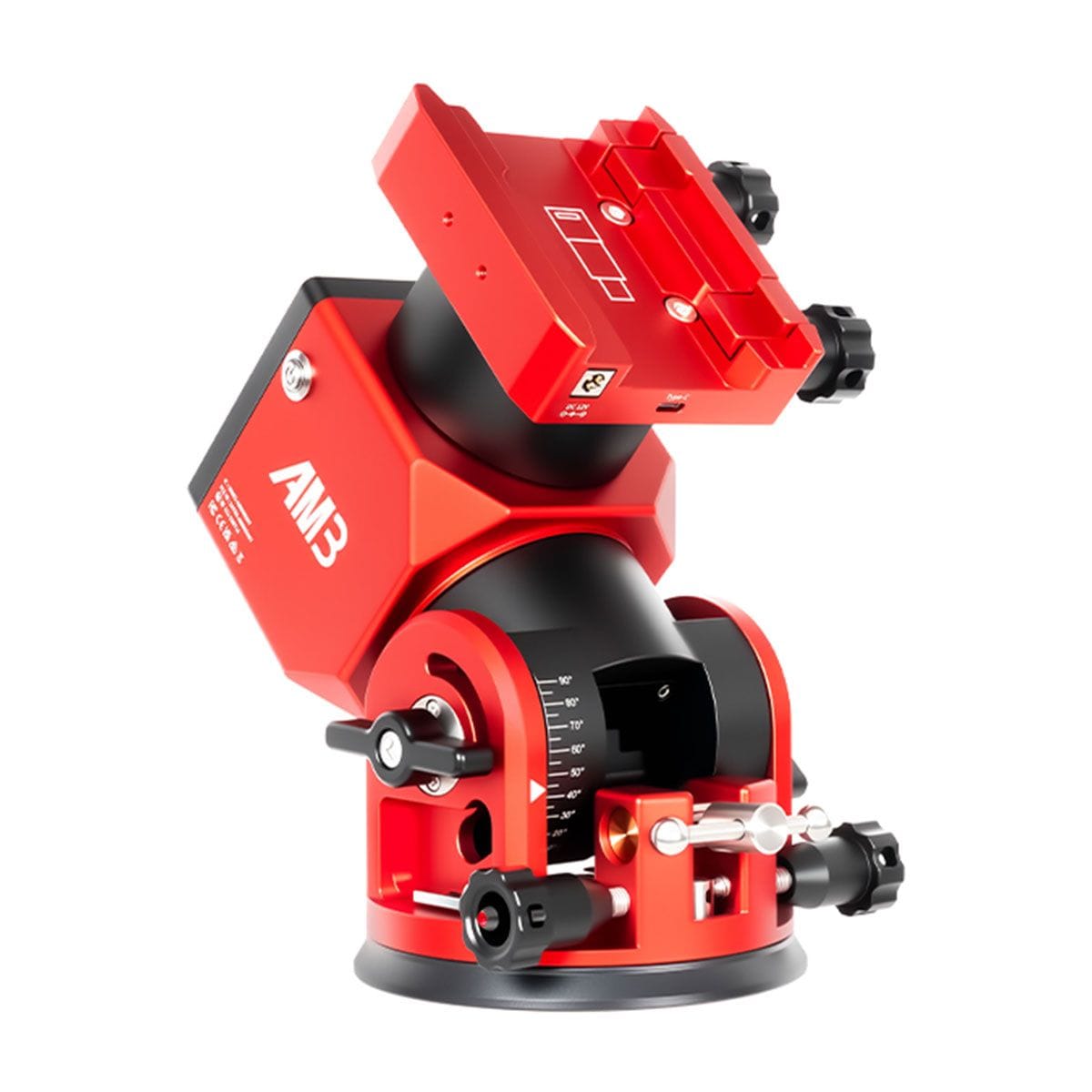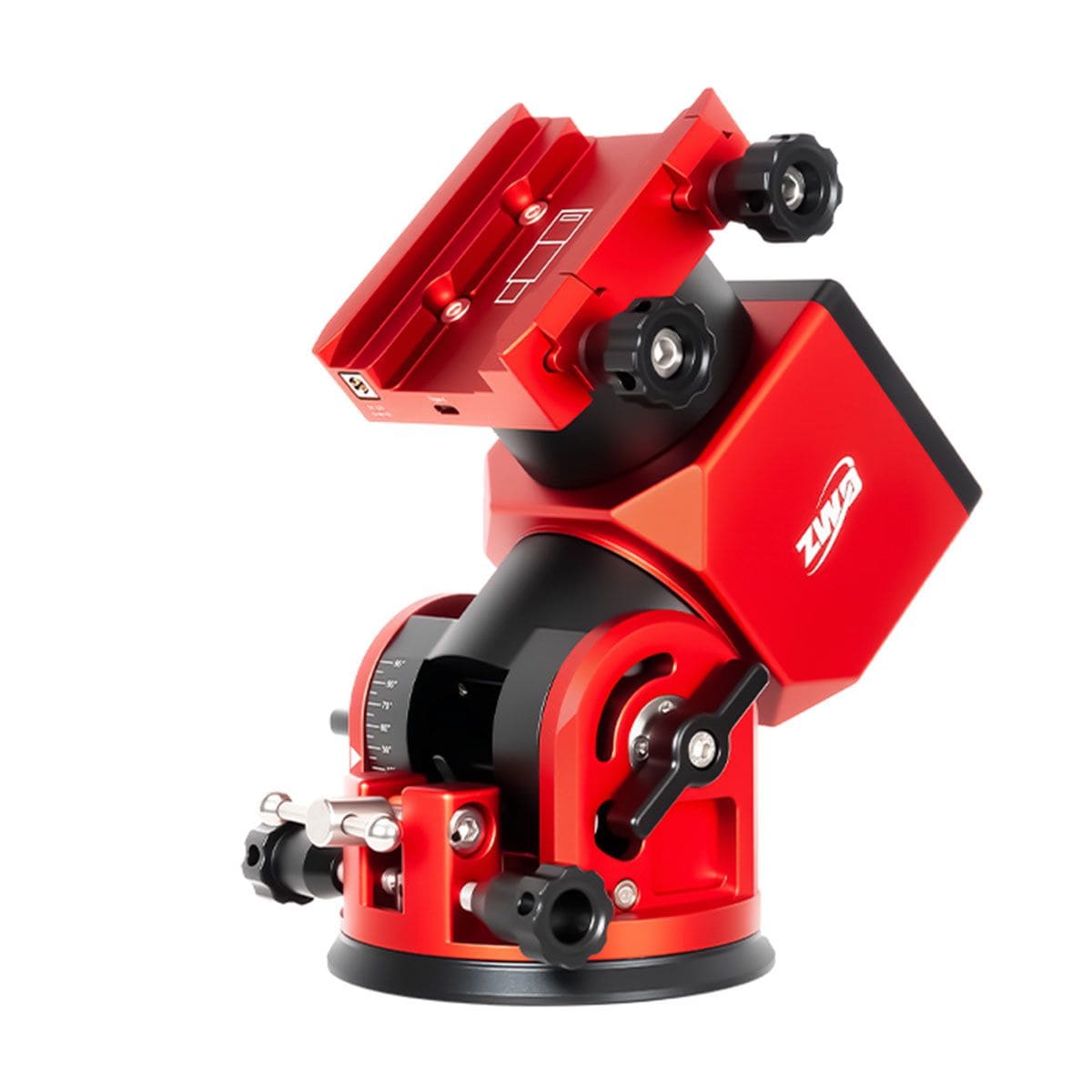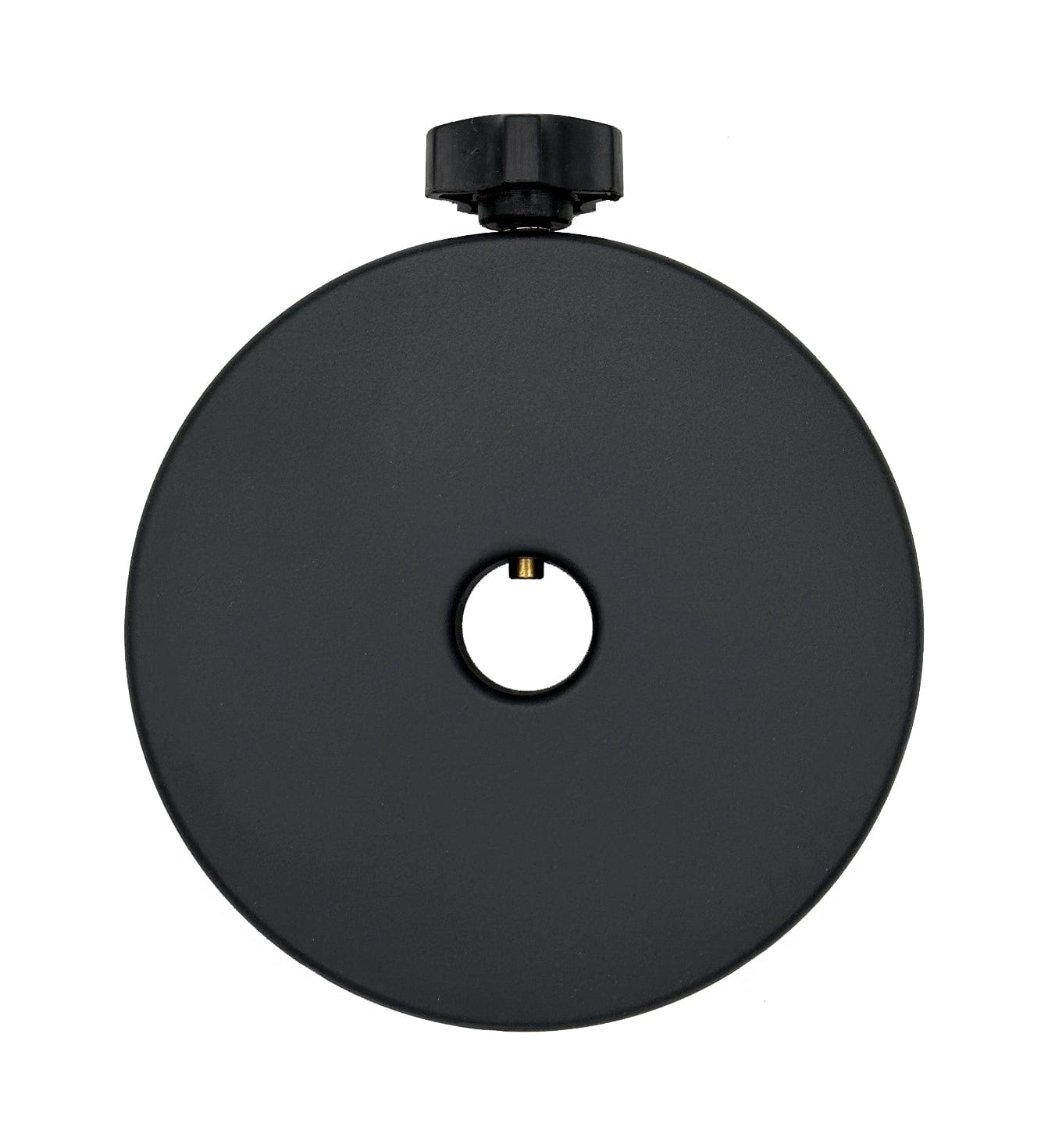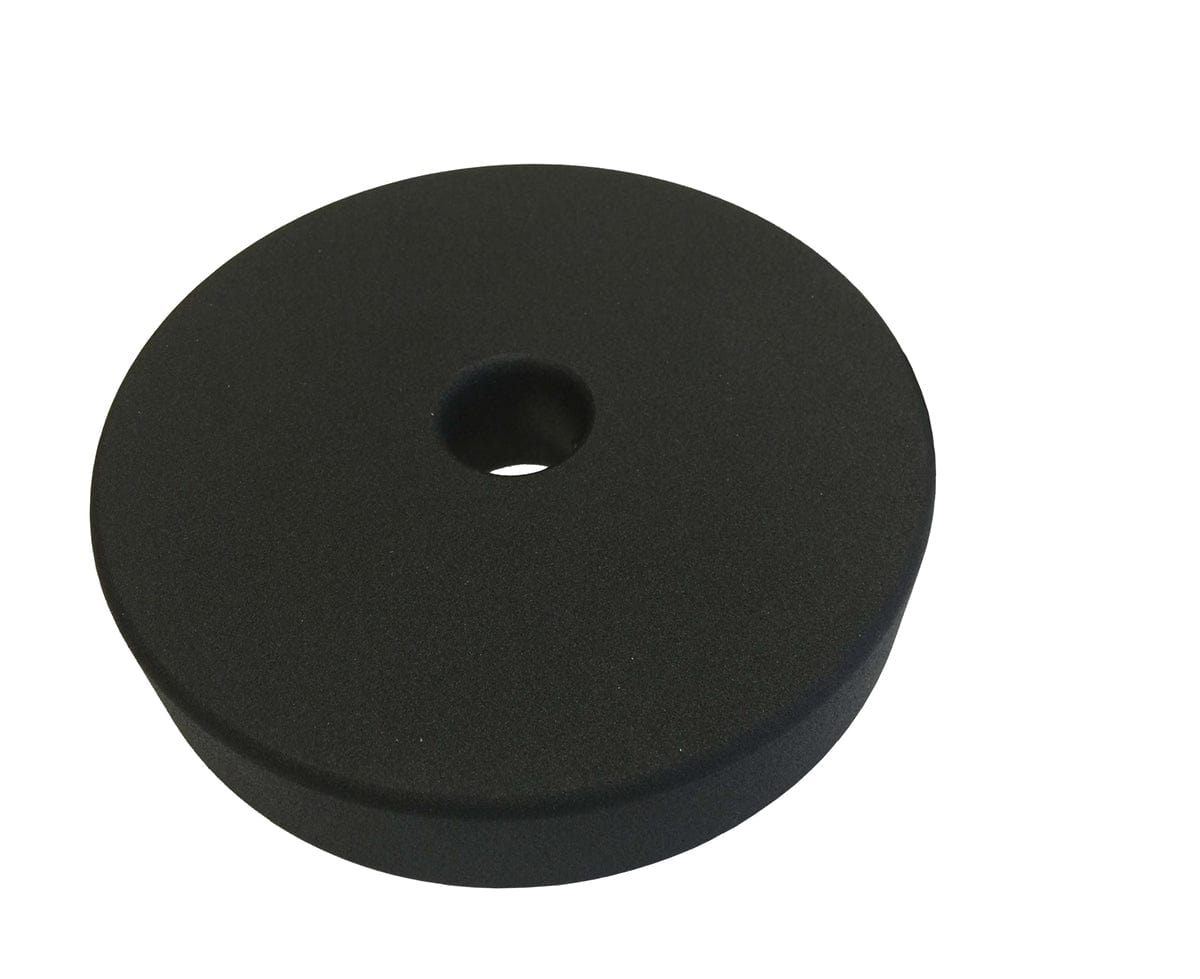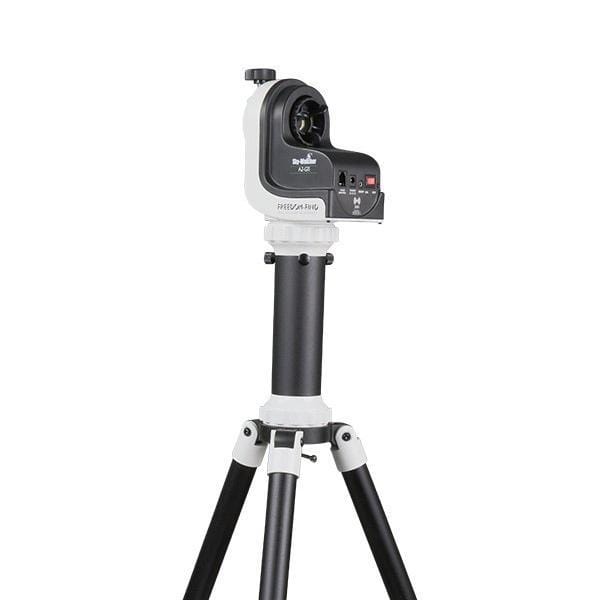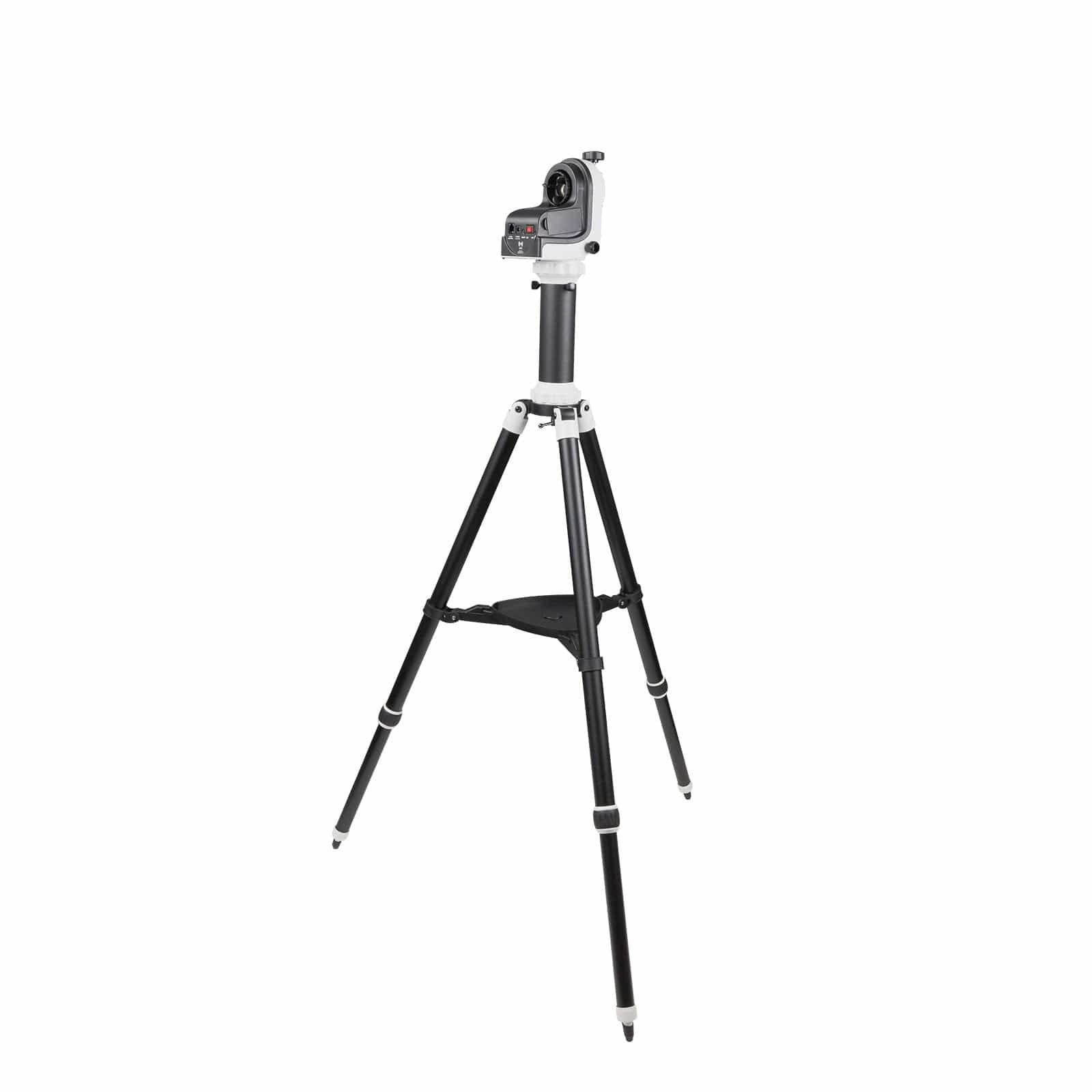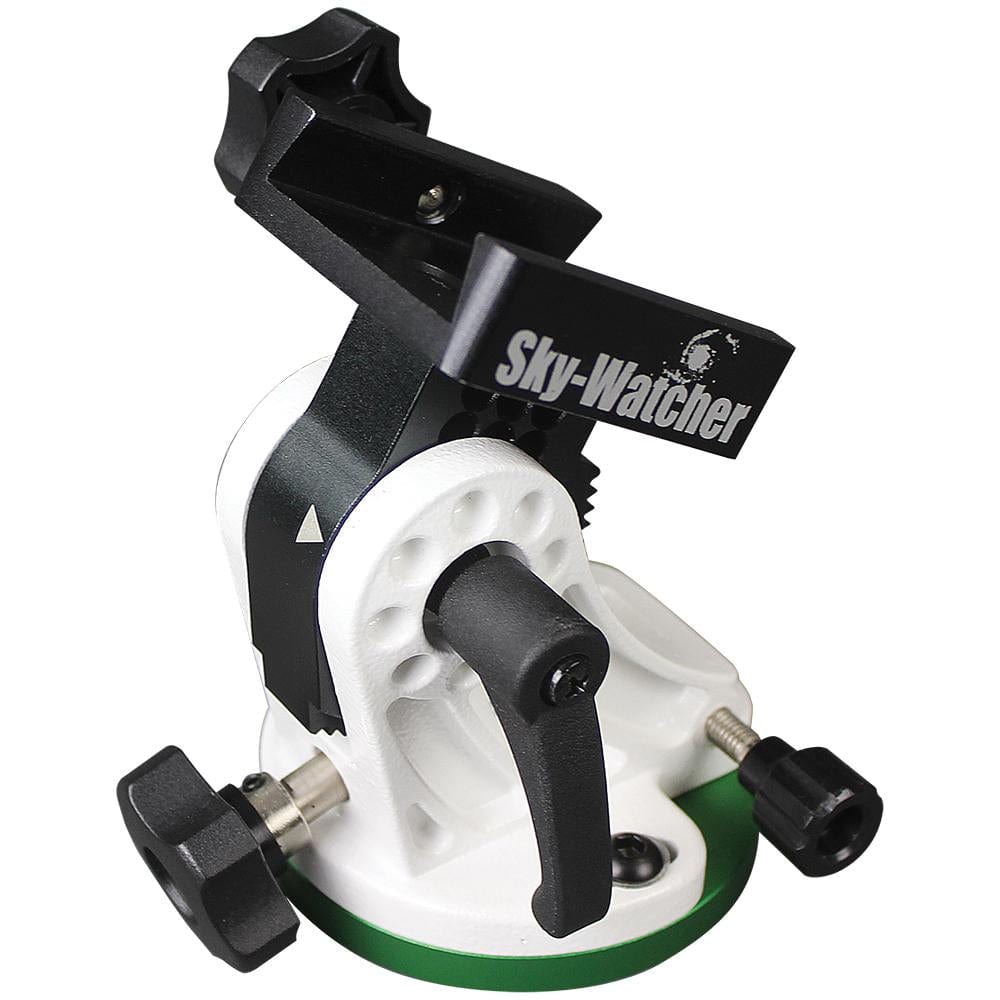253 products
Showing 1 - 24 of 253 products
Stabilize Your View with Quality Mounts & Tripods
Get the perfect foundation for your telescope, spotting scope, or camera with our premium Mounts & Tripods. Designed for stability, precision, and ease of use, these essential accessories ensure smooth tracking and vibration-free performance during every observation or imaging session. Whether you’re capturing deep-sky photographs, viewing distant wildlife, or scanning the night sky, the right mount or tripod makes all the difference.
Choose from a wide range of equatorial mounts, alt-azimuth mounts, and sturdy tripods built to deliver lasting performance in the field or at home. Each model is crafted with durable materials, fine-tuned motion controls, and compatibility with a variety of optical systems, giving you the support you need for flawless results.
Why choose our Mounts & Tripods?
- Exceptional stability for telescopes, spotting scopes, and cameras
- Smooth, precise movement for easy tracking and alignment
- Lightweight, durable designs built for portability and reliability
- Perfect for both beginners and advanced observers
Enhance your viewing and imaging experience with rock-solid stability.
Shop Mounts & Tripods at Telescopes Canada today and find the perfect support system for your telescope or camera setup.
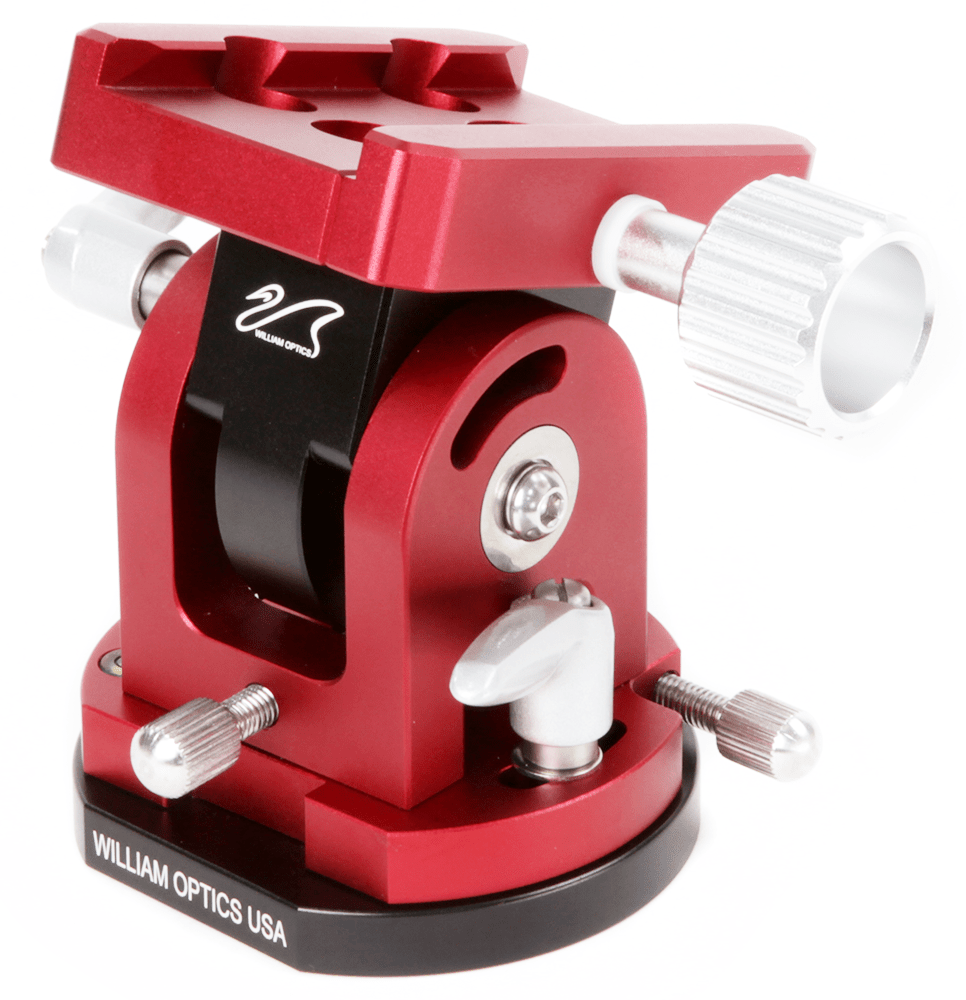
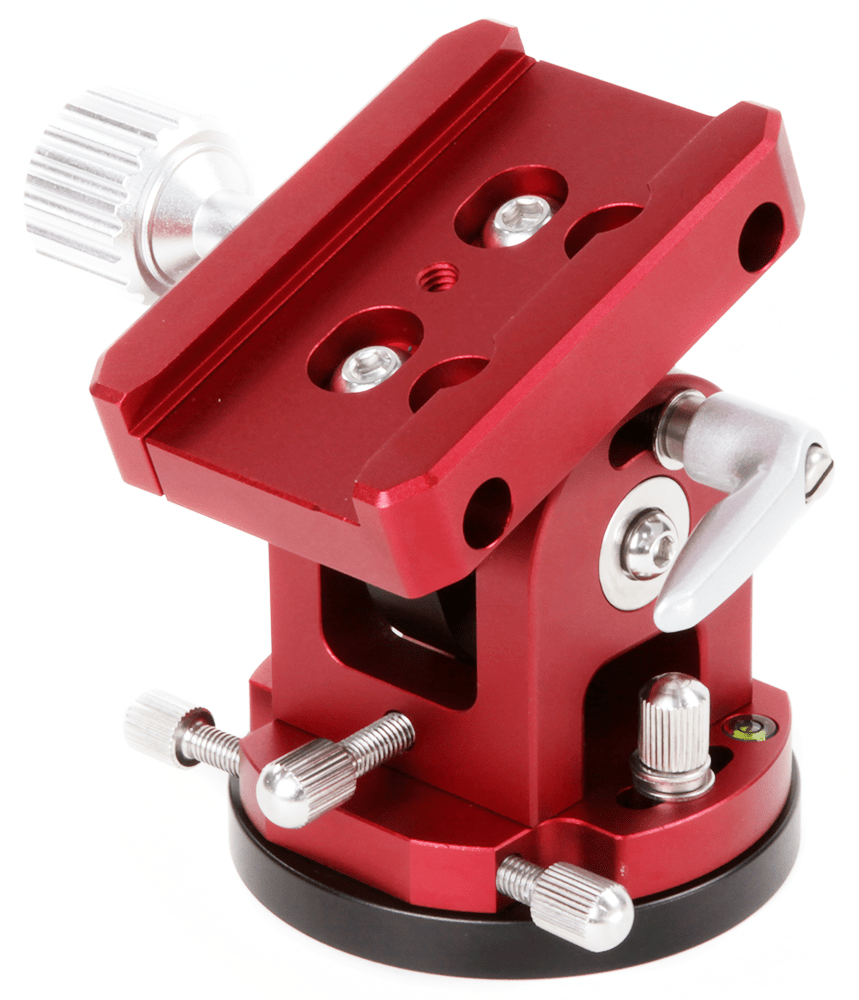
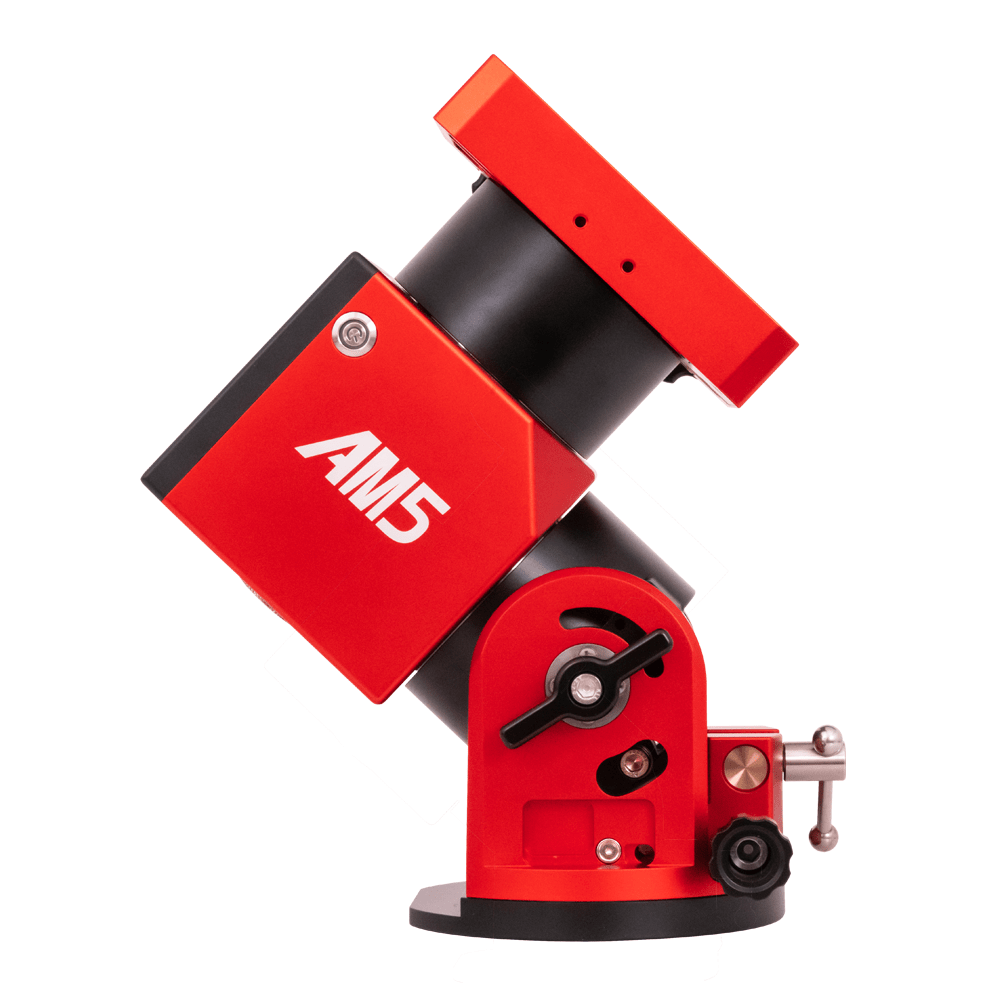
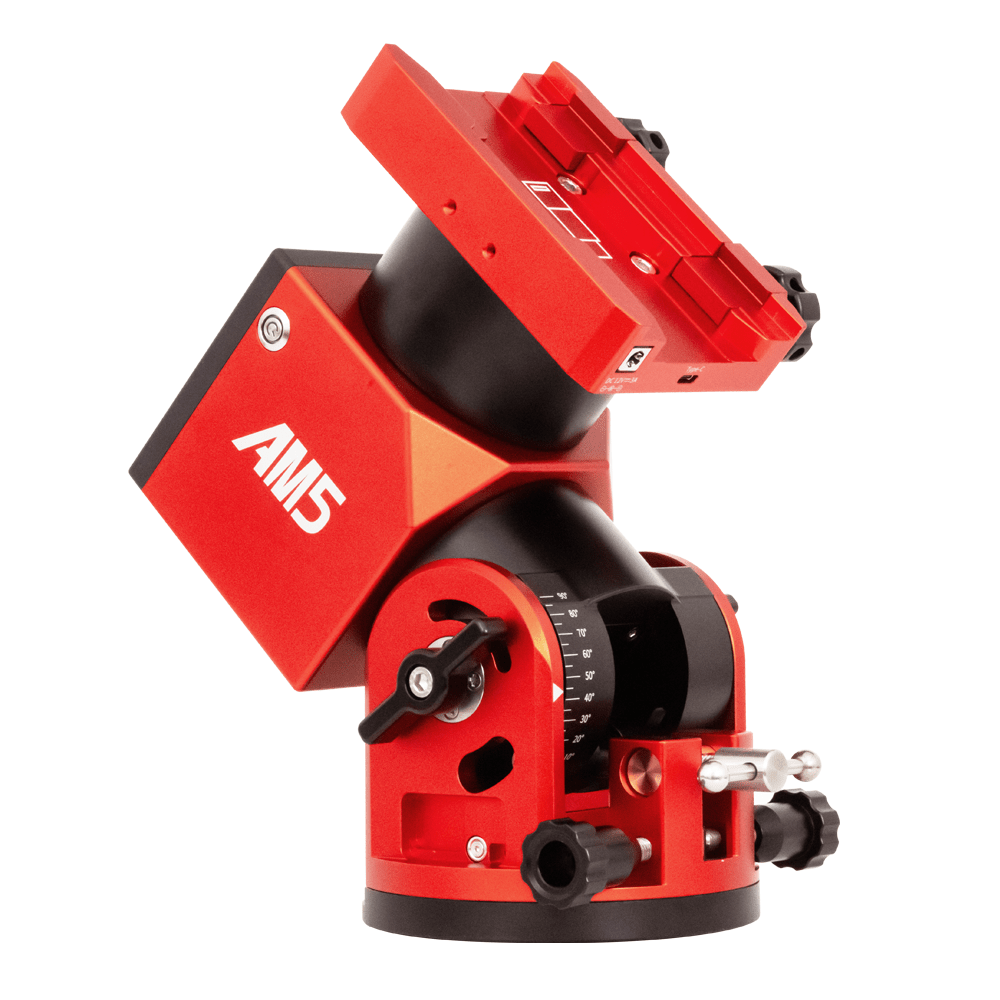
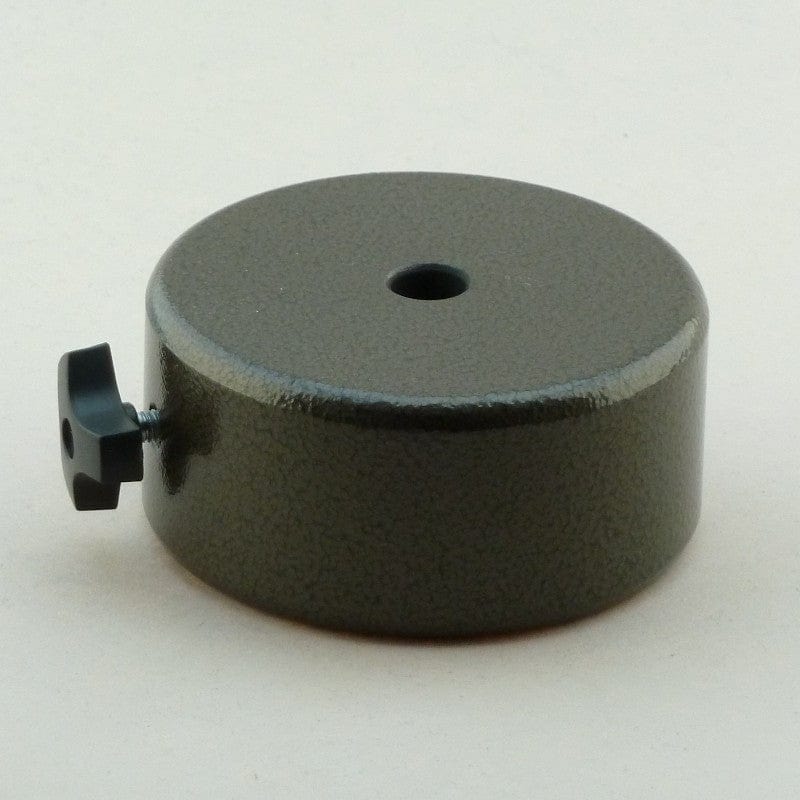
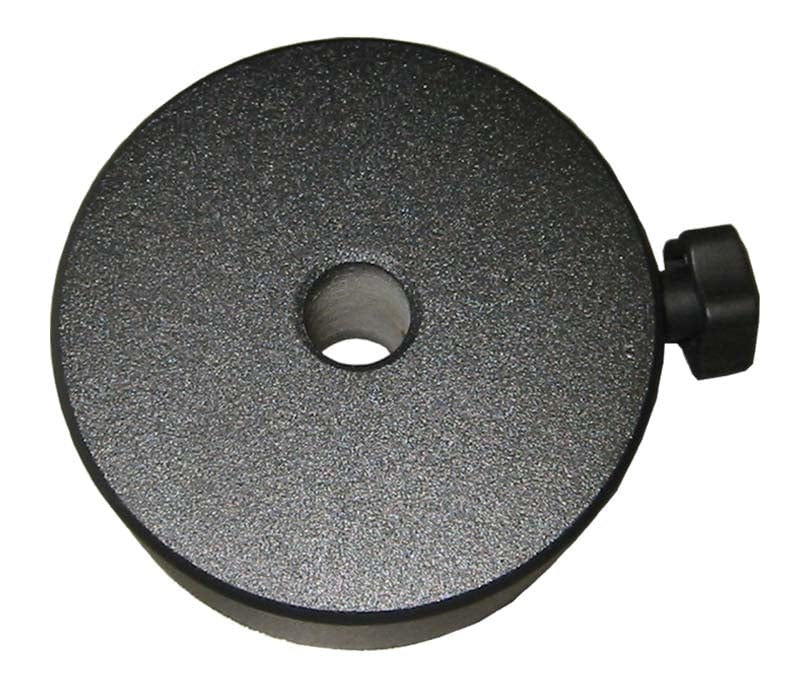
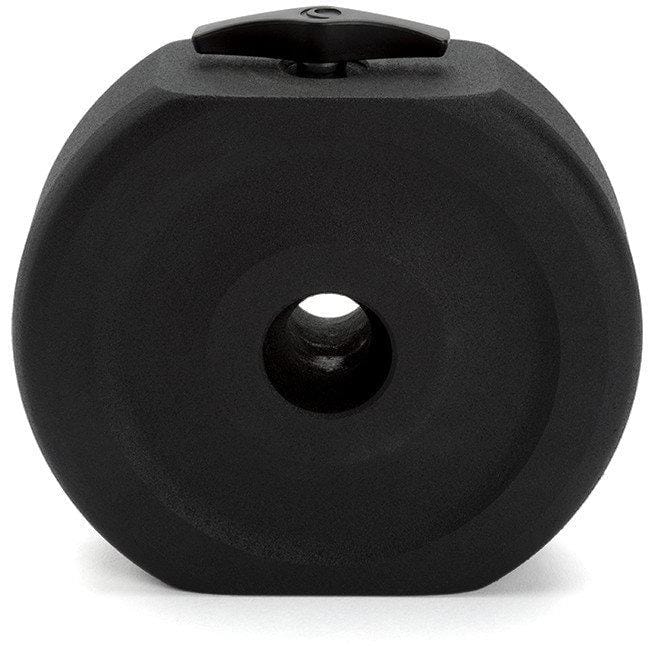
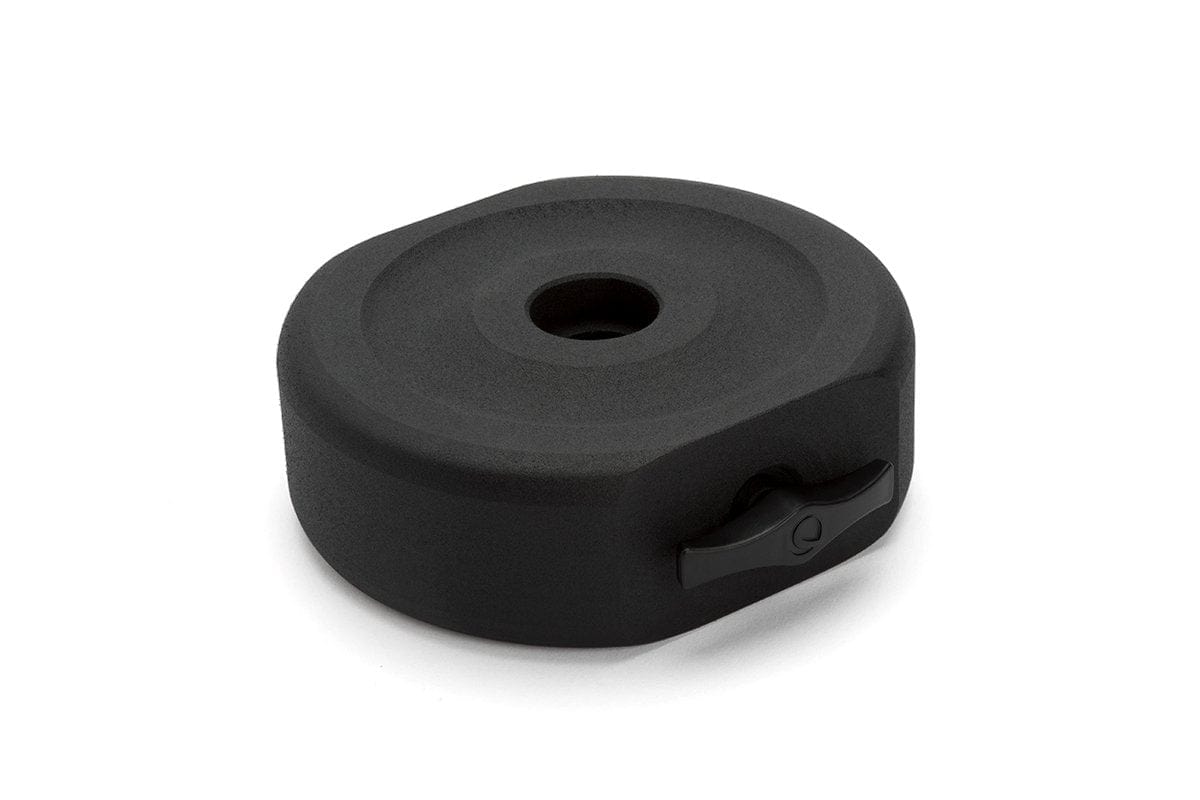
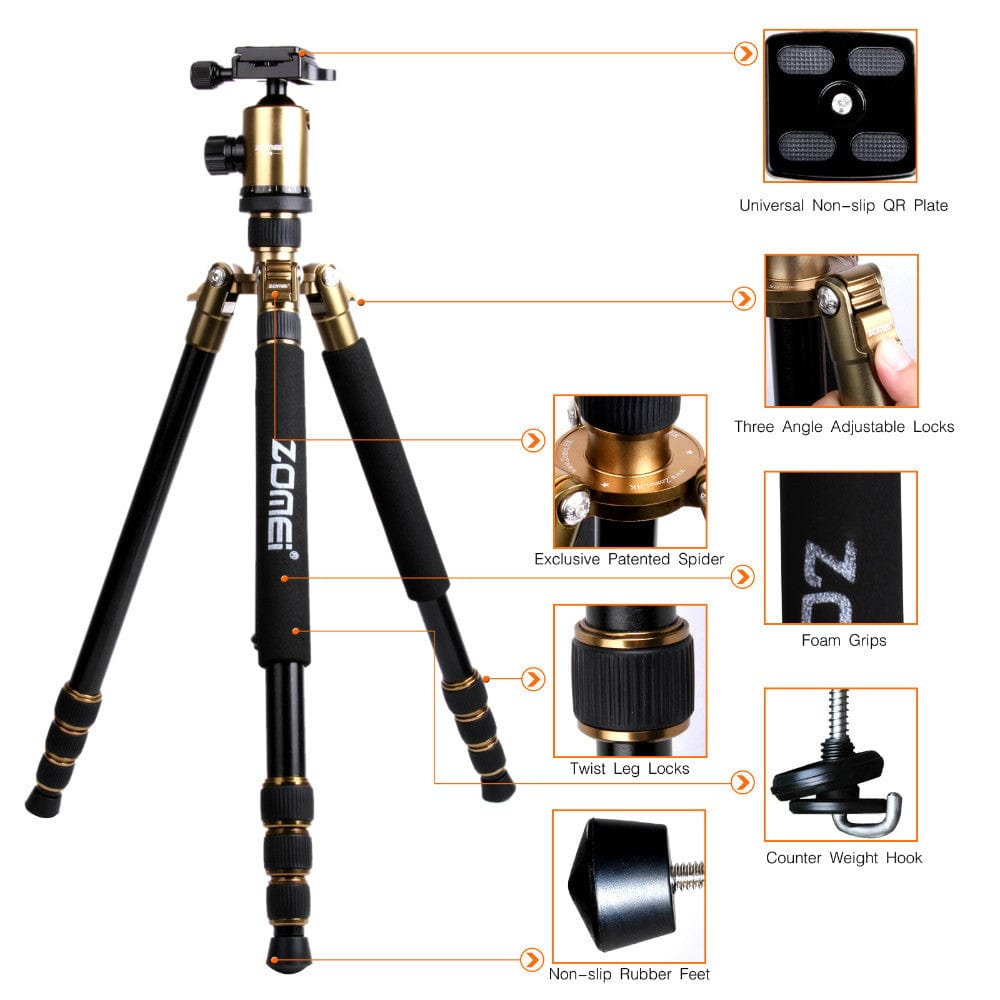
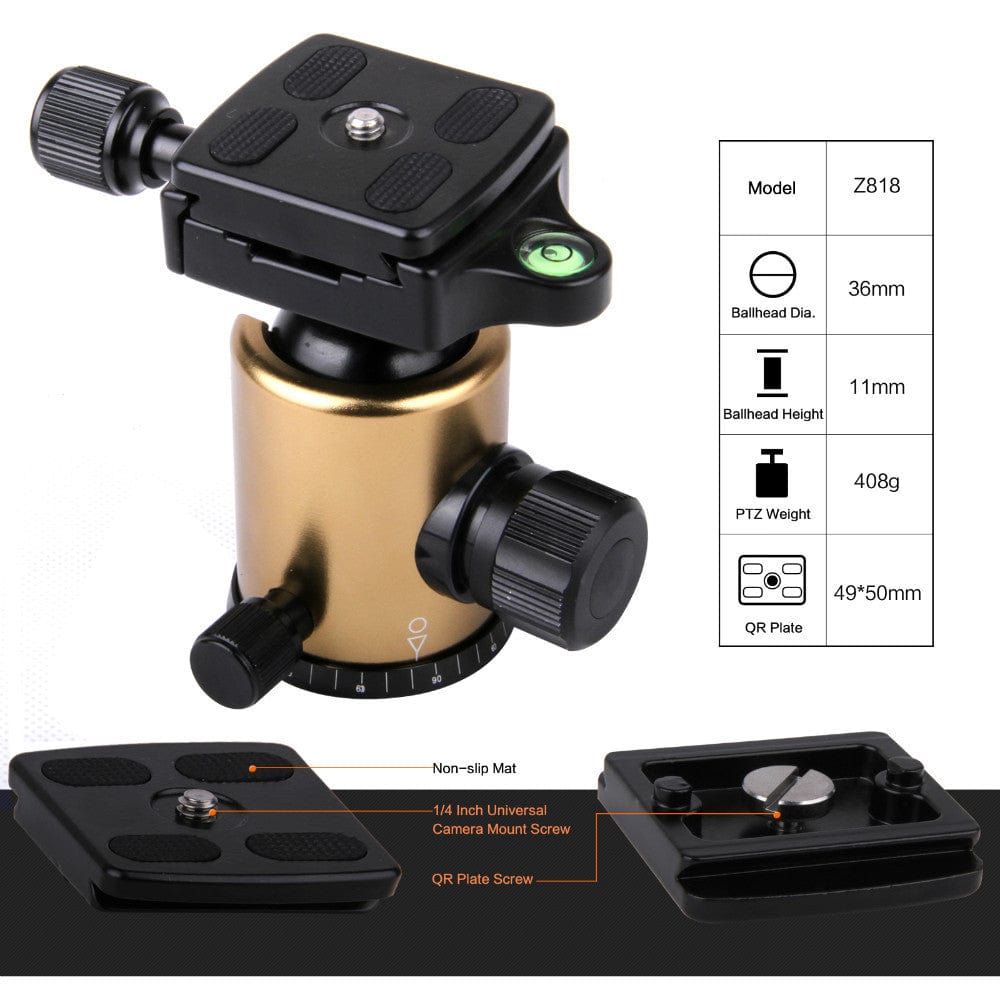

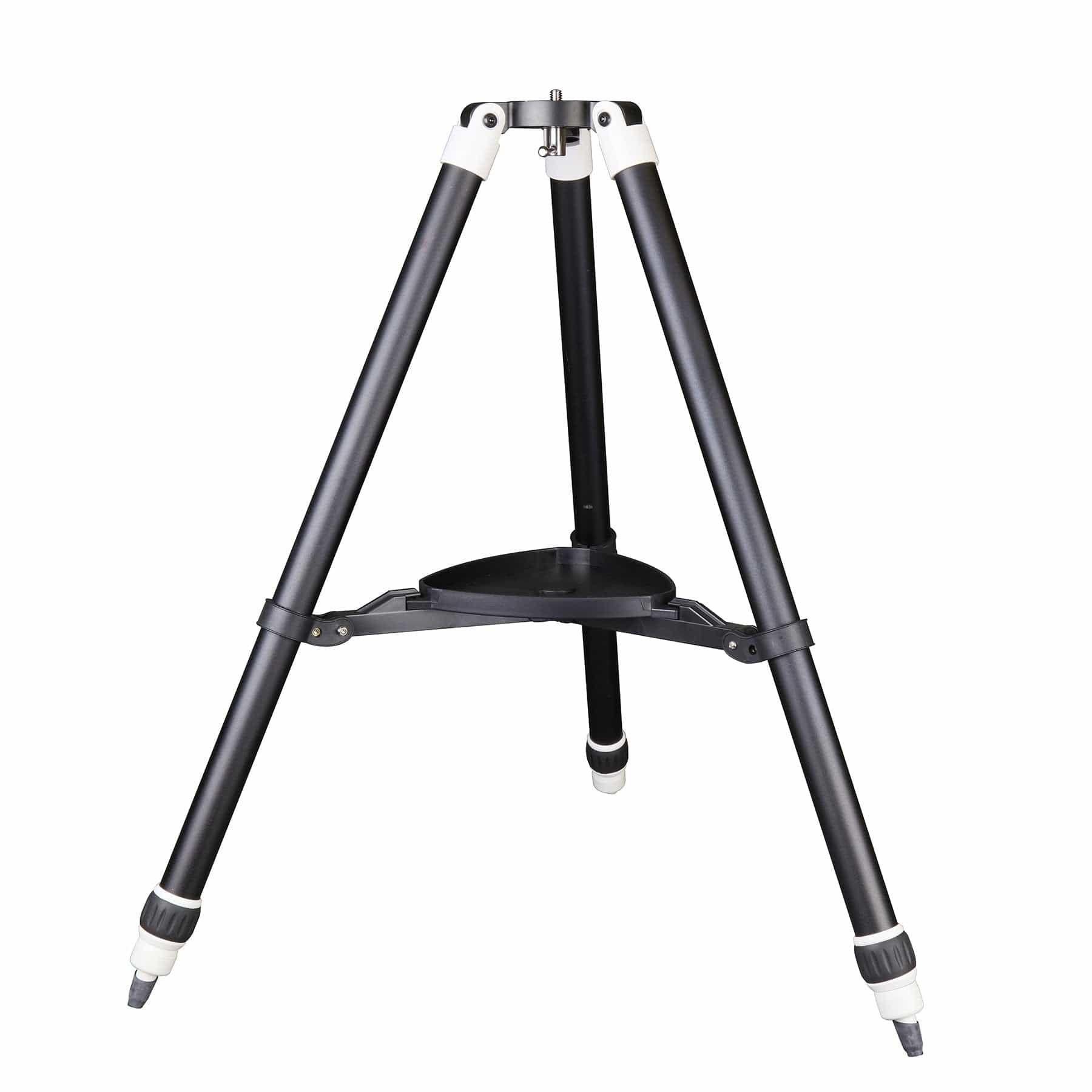
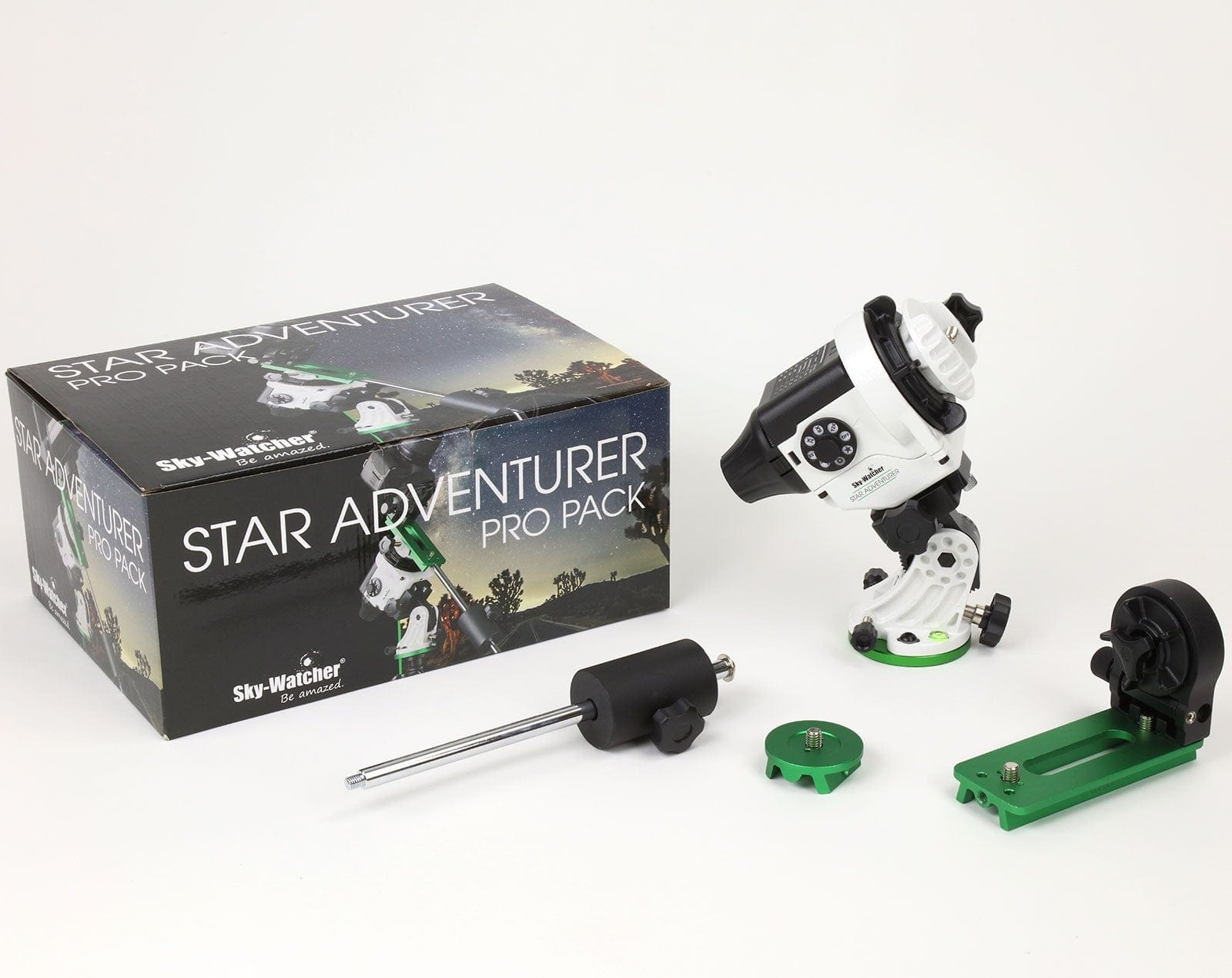
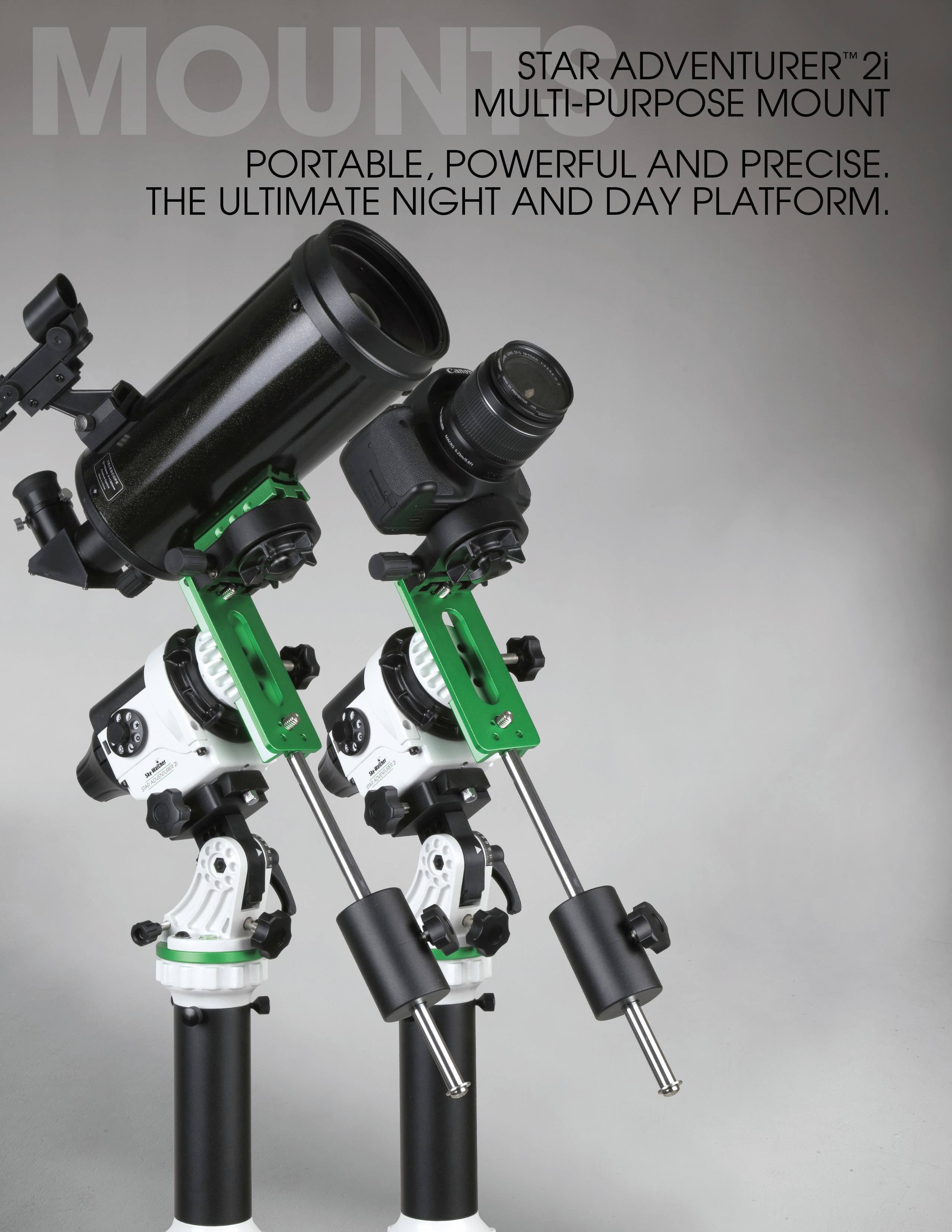
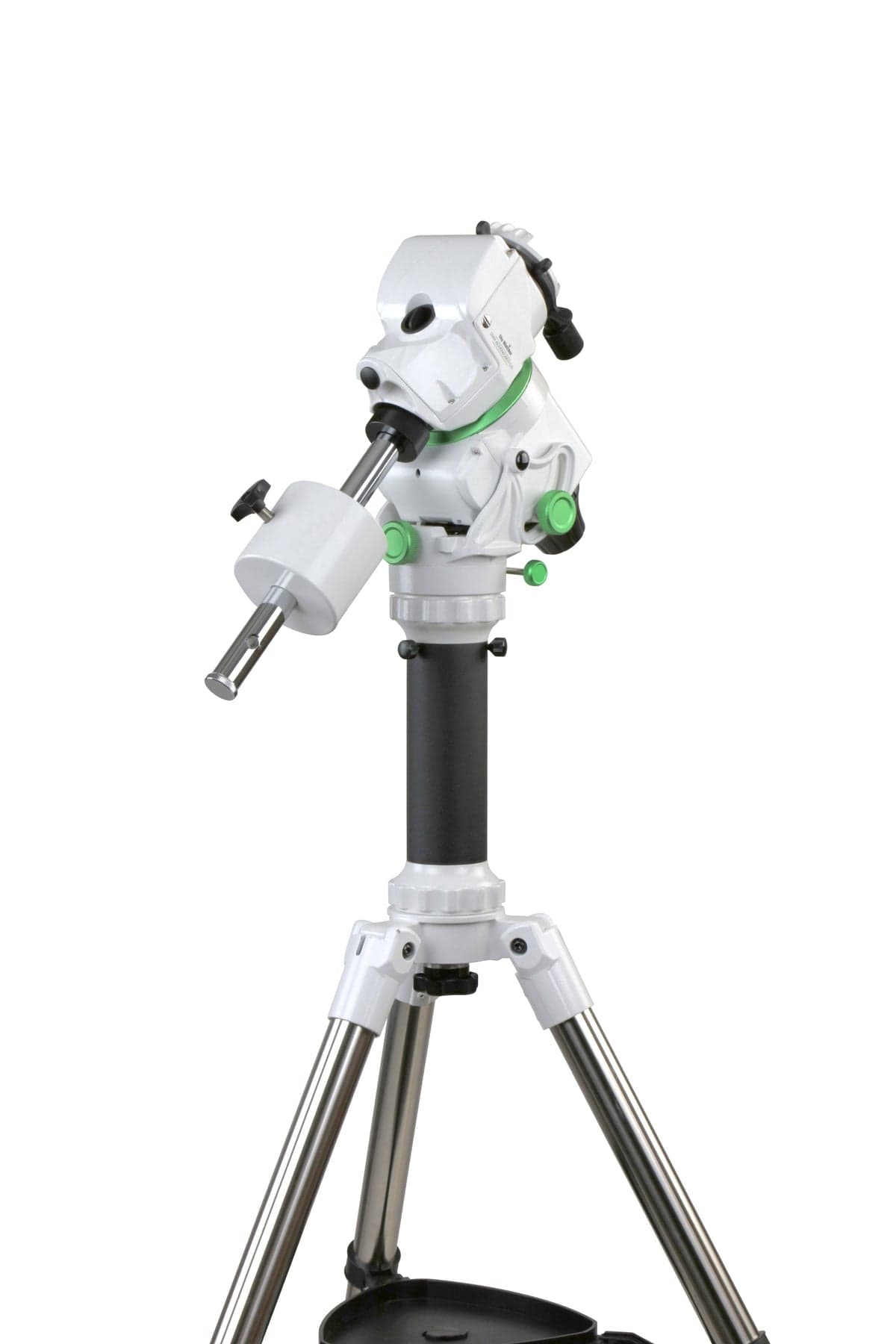
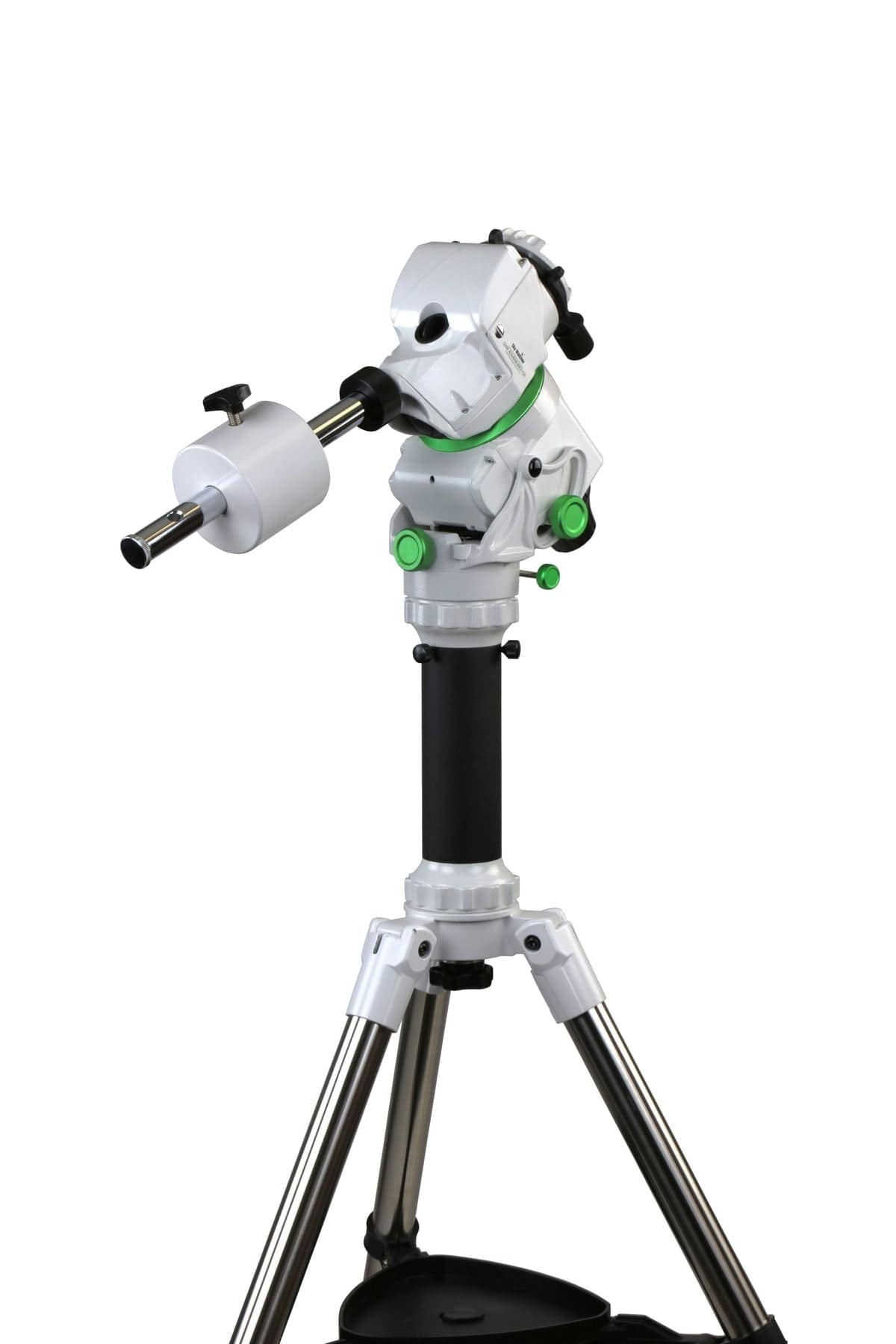
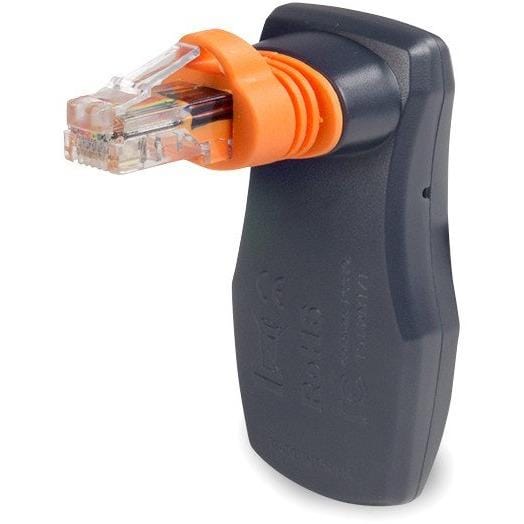
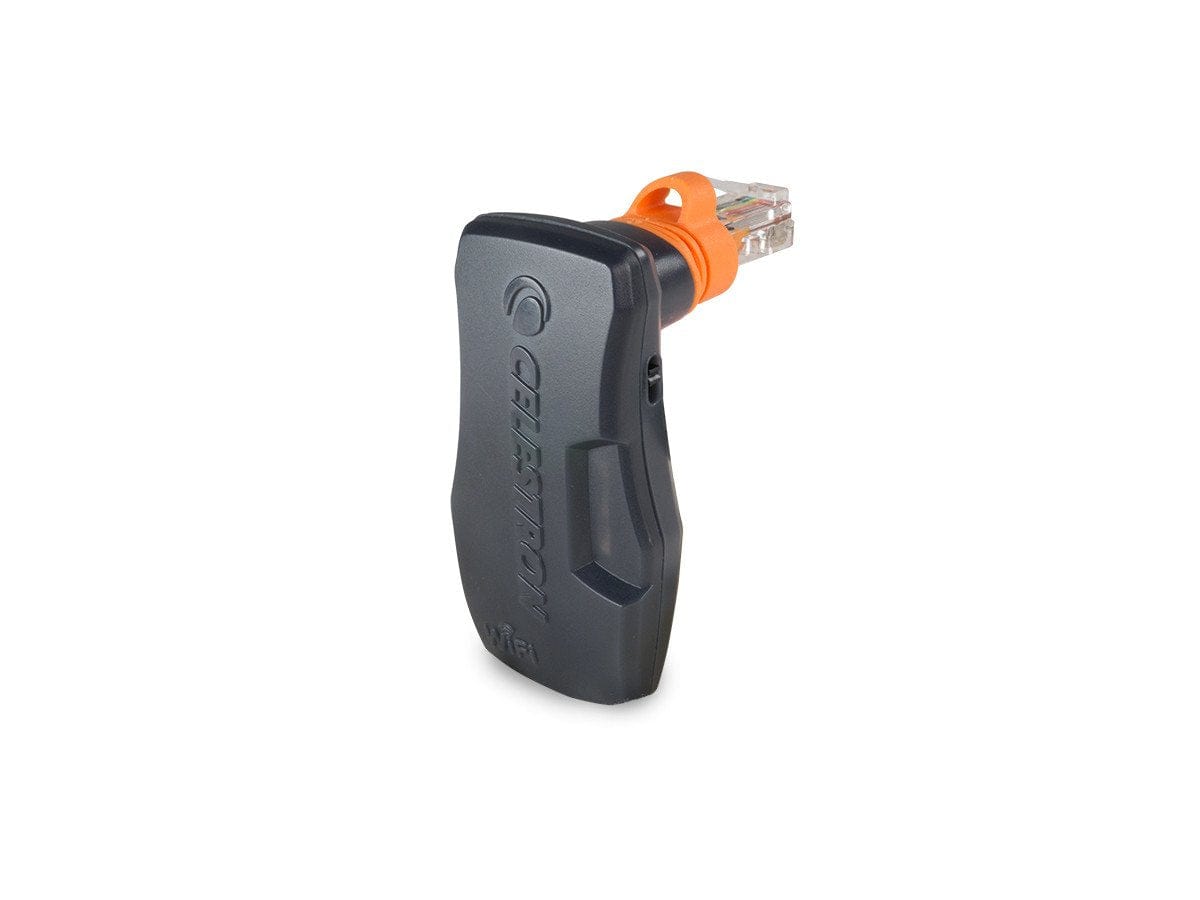
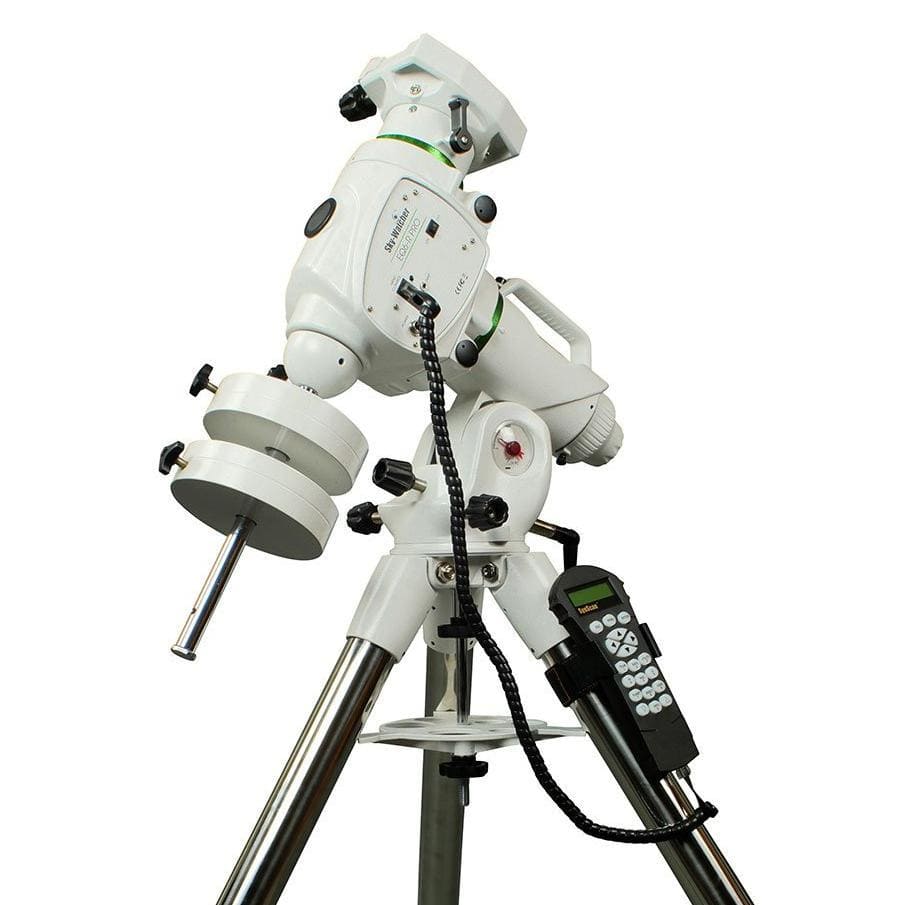
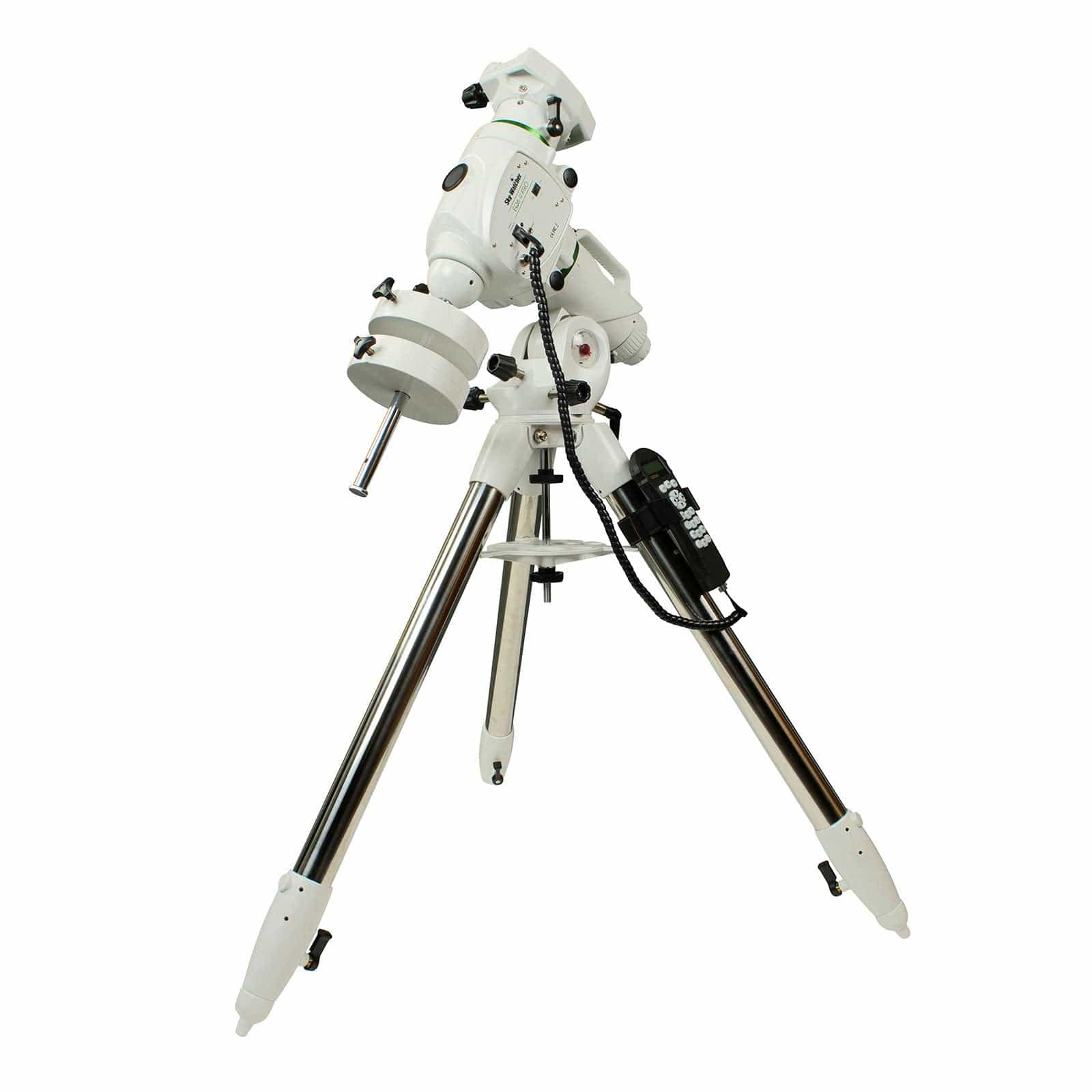
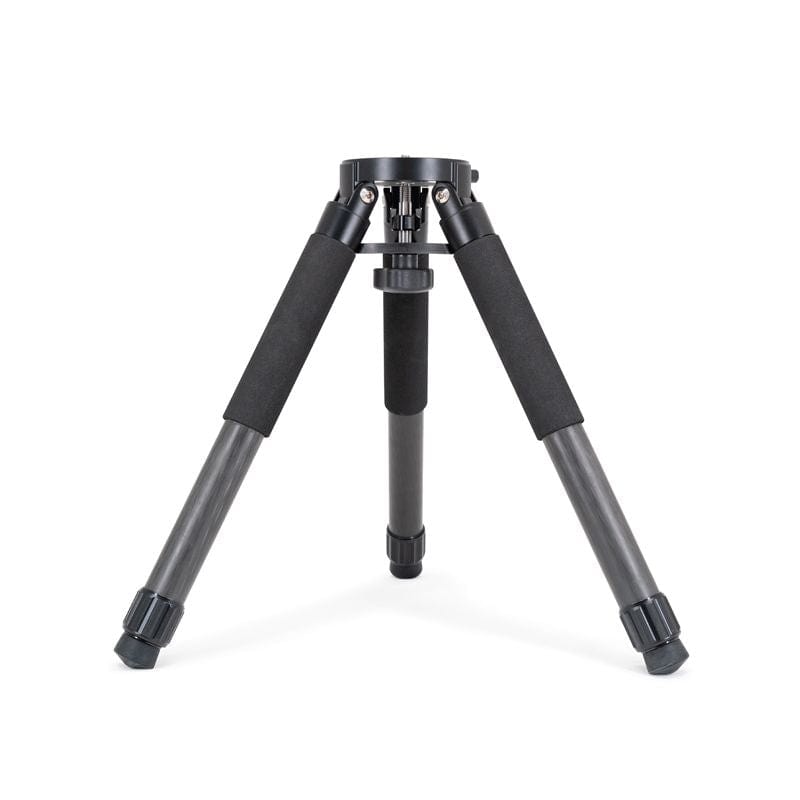
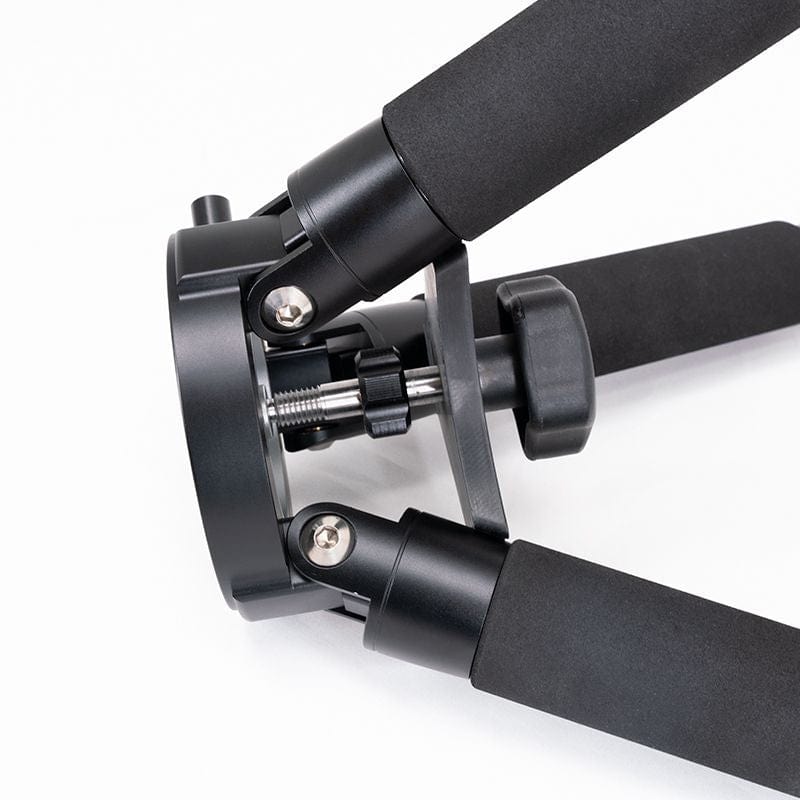
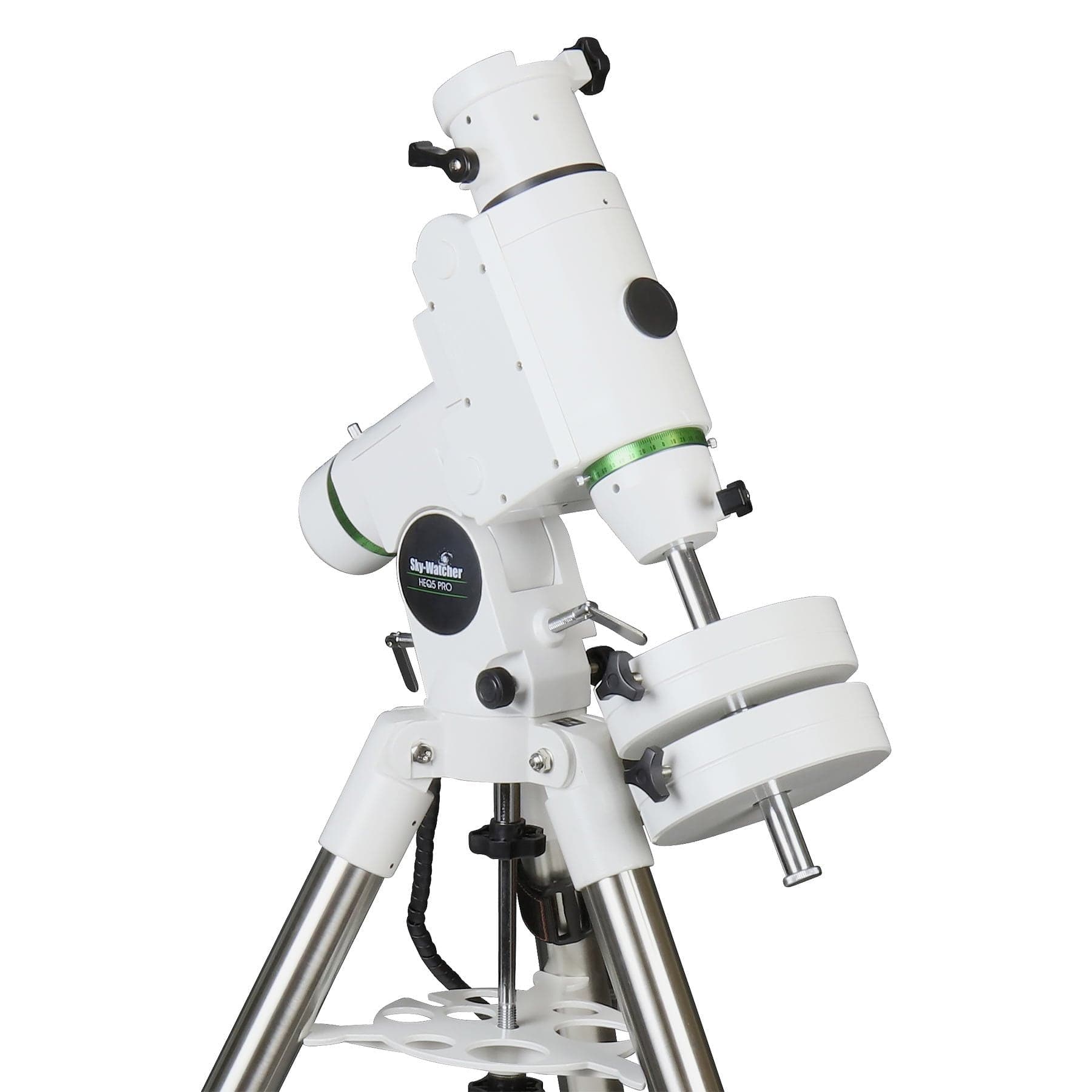
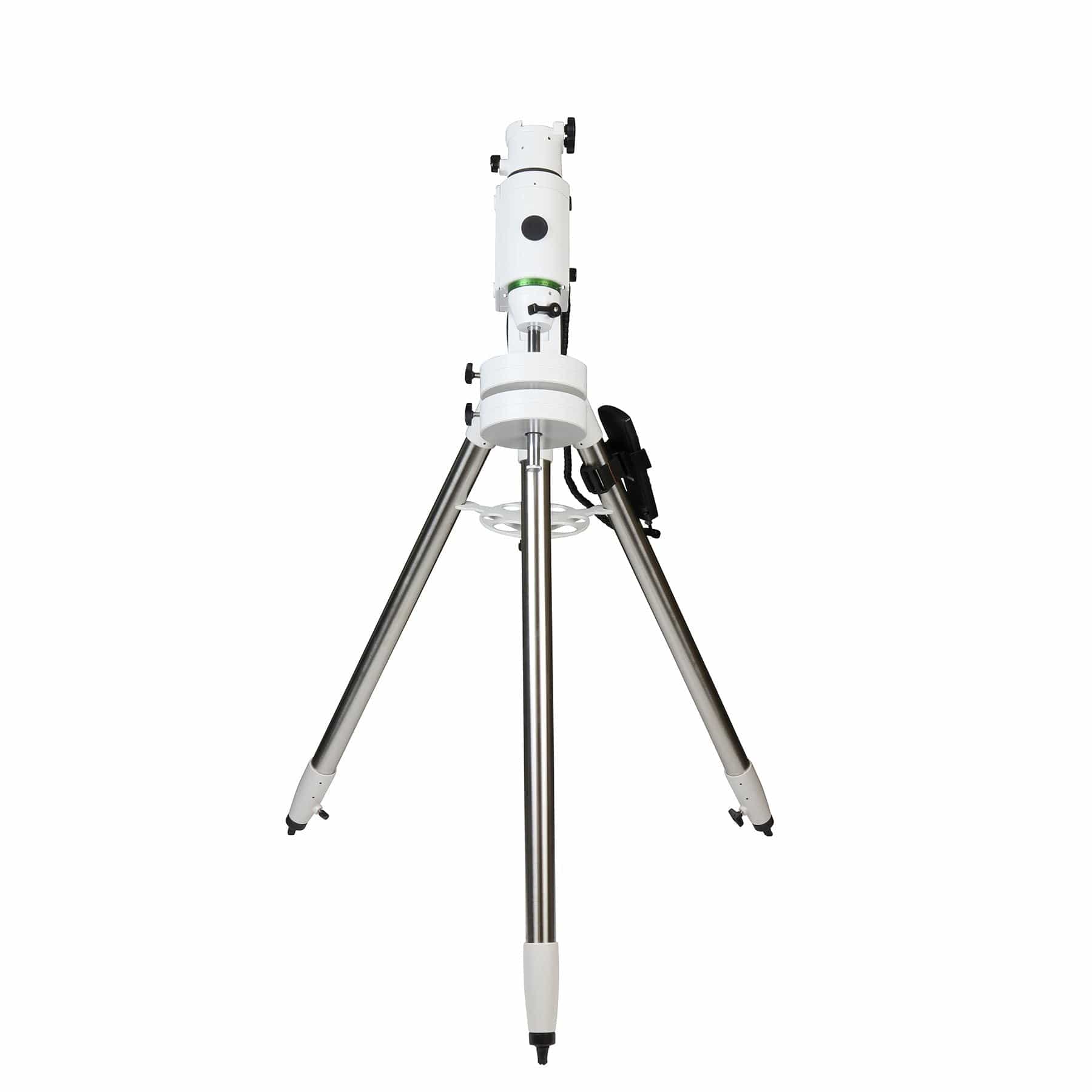
![iOptron Mount iOptron SkyGuider-Pro [SGP] - 3550](http://telescopescanada.ca/cdn/shop/products/ioptron-mount-ioptron-skyguider-pro-sgp-3550-36664246501595.jpg?v=1735827683&width=1036)
![iOptron Mount iOptron SkyGuider-Pro [SGP] - 3550](http://telescopescanada.ca/cdn/shop/products/ioptron-mount-ioptron-skyguider-pro-sgp-3550-36664246534363.jpg?v=1735827683&width=989)
